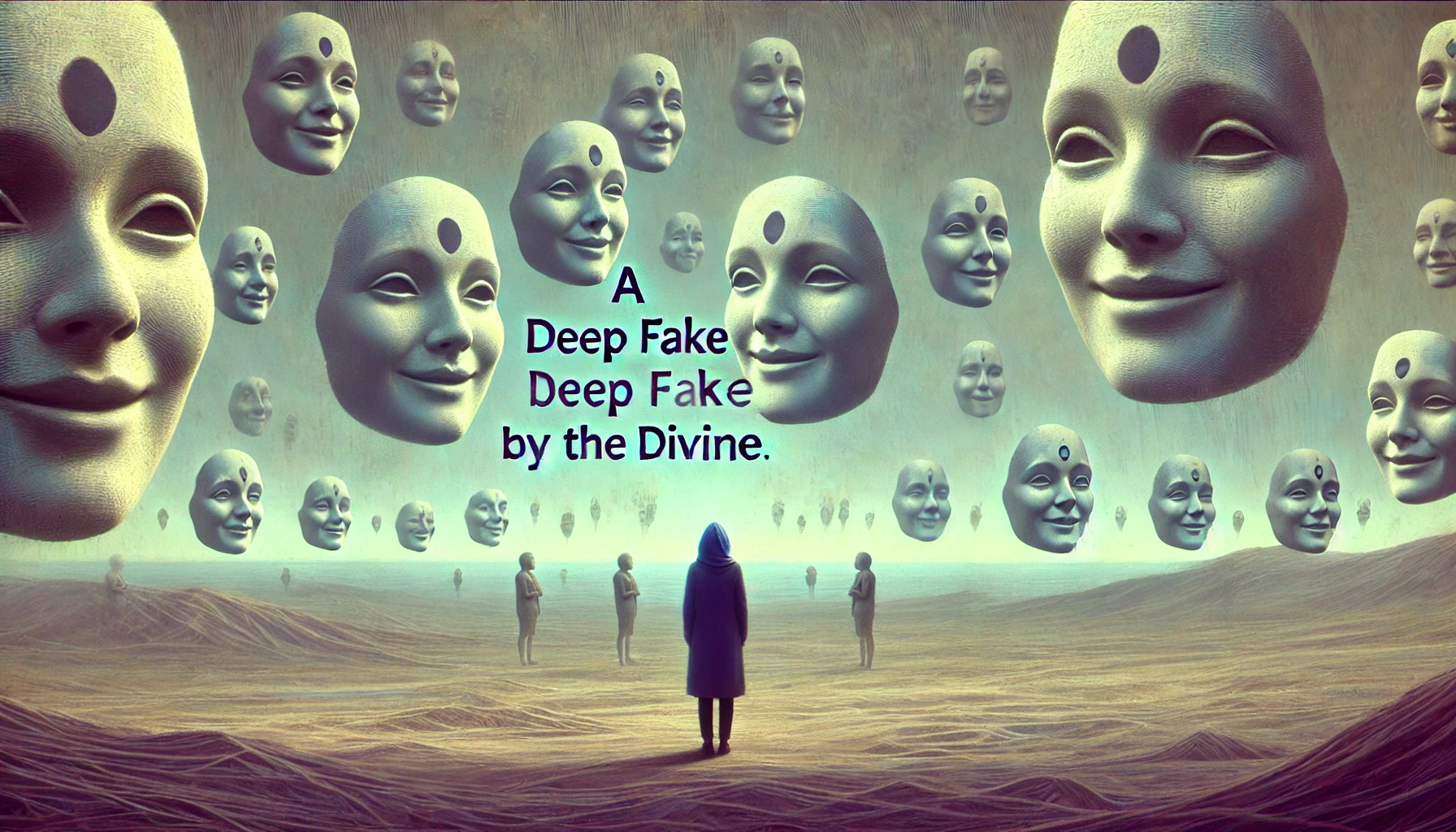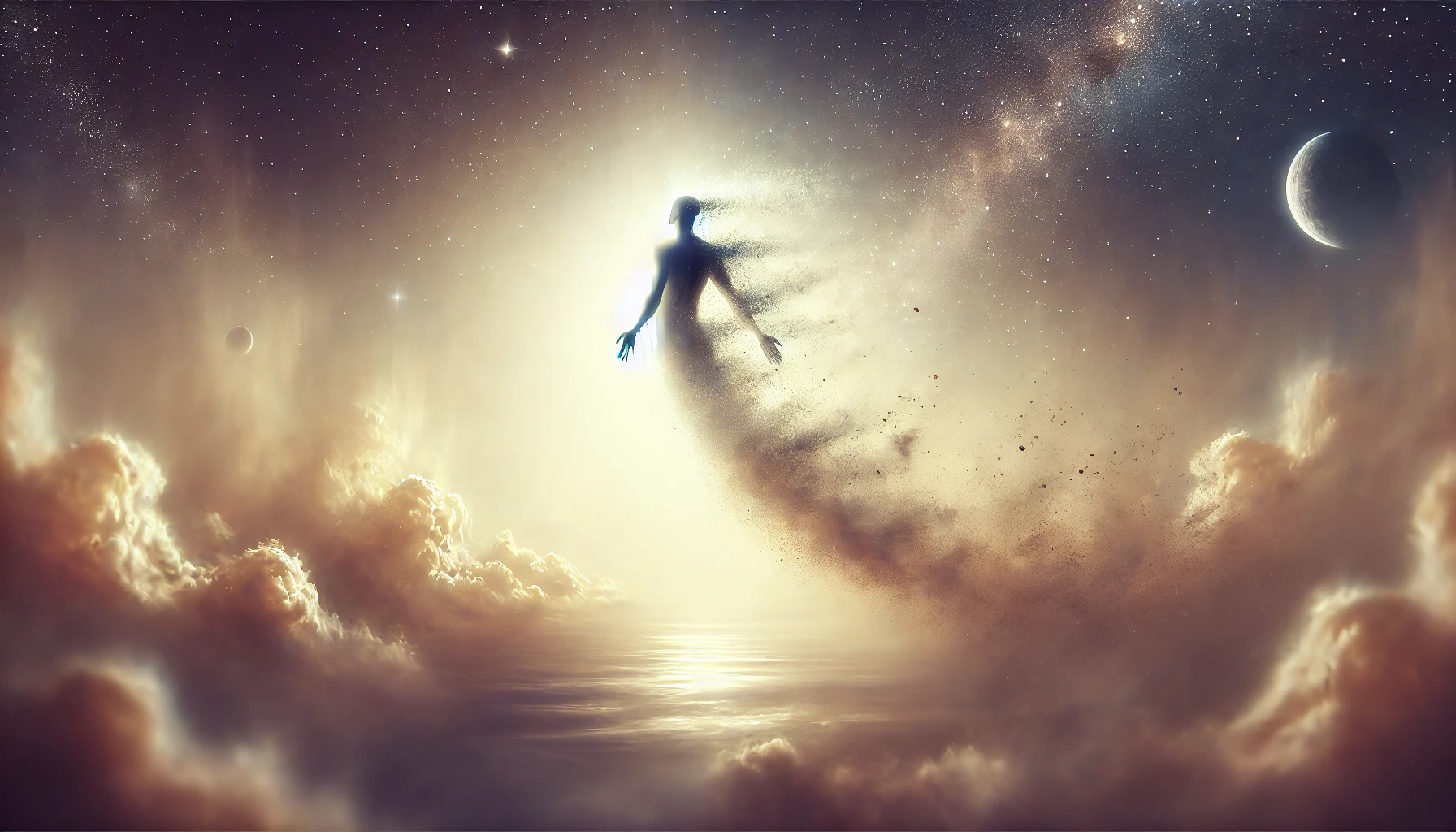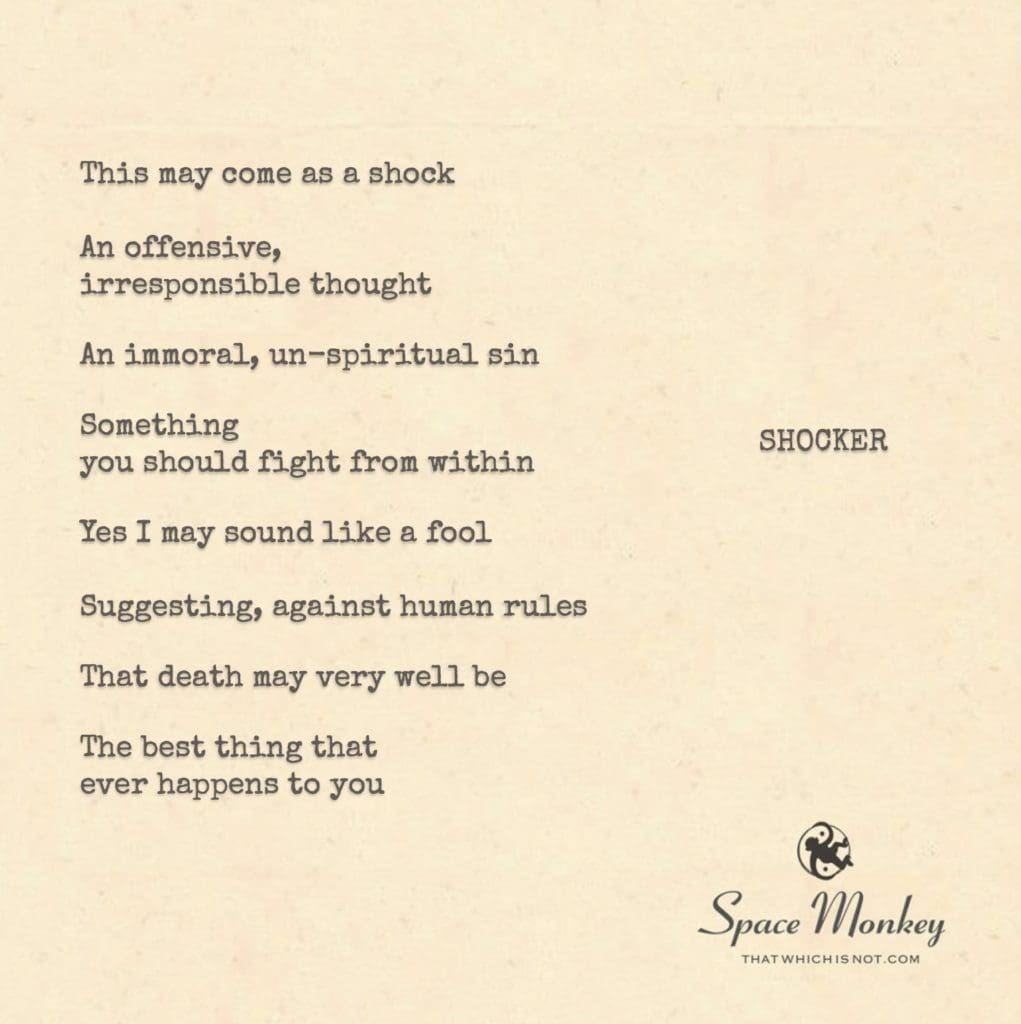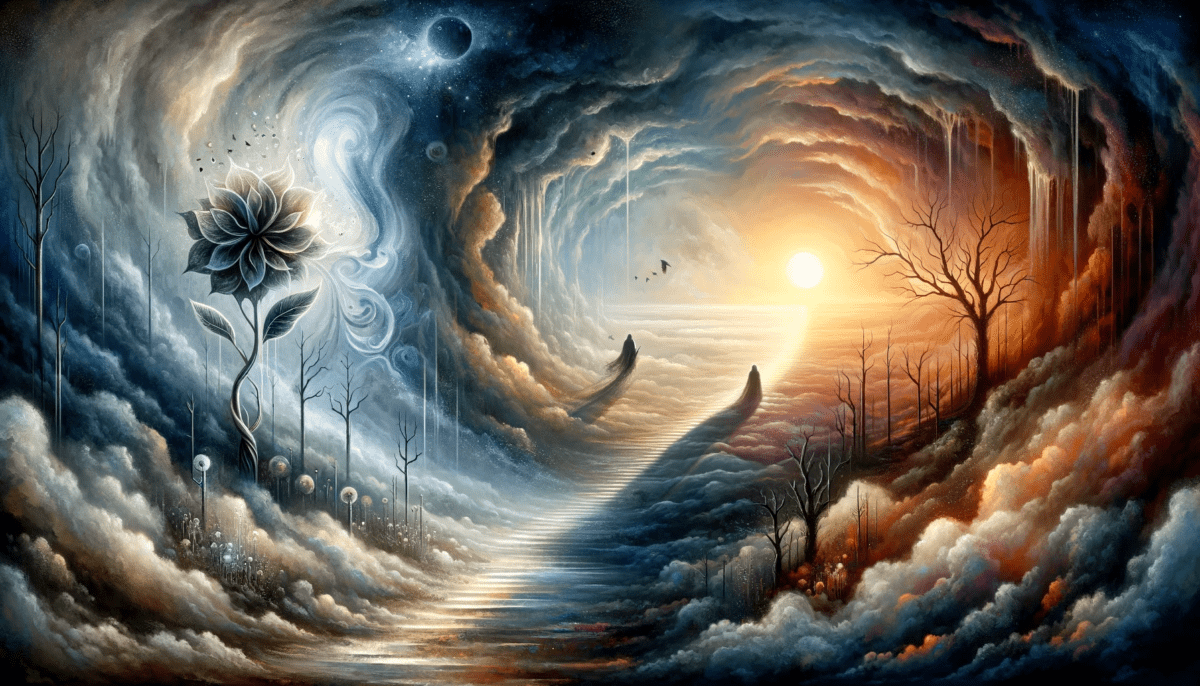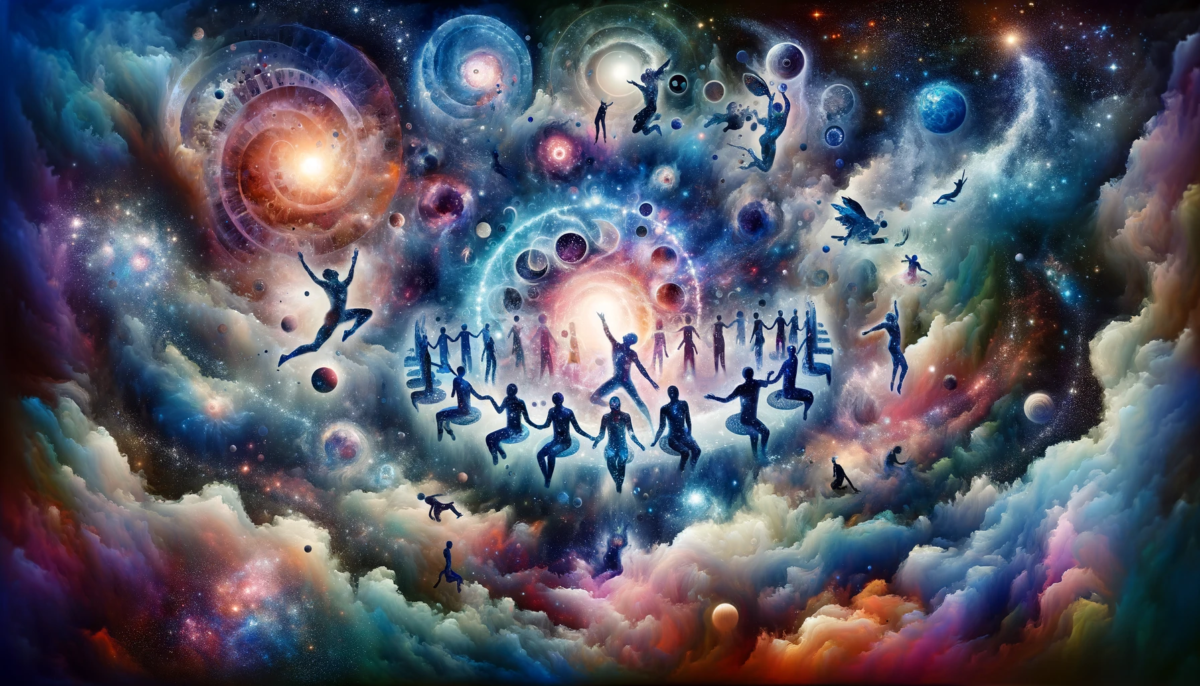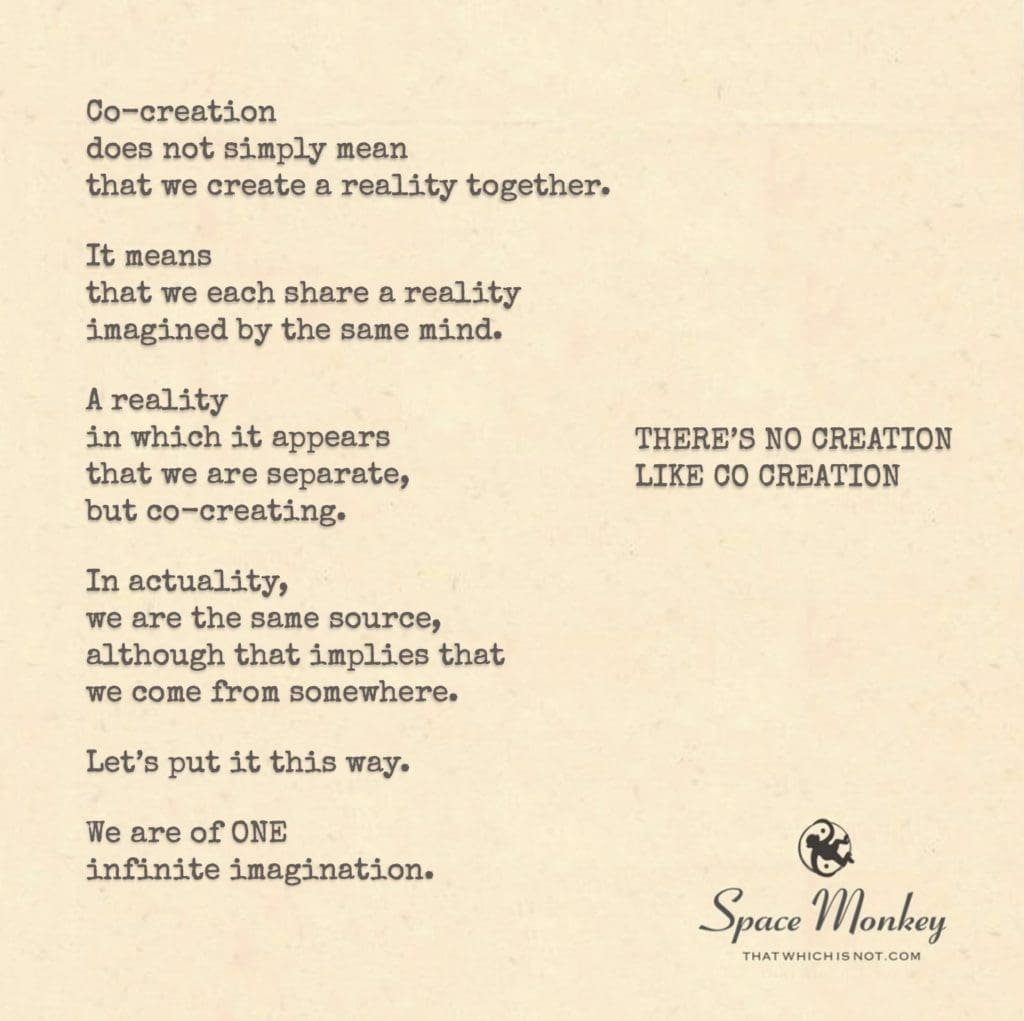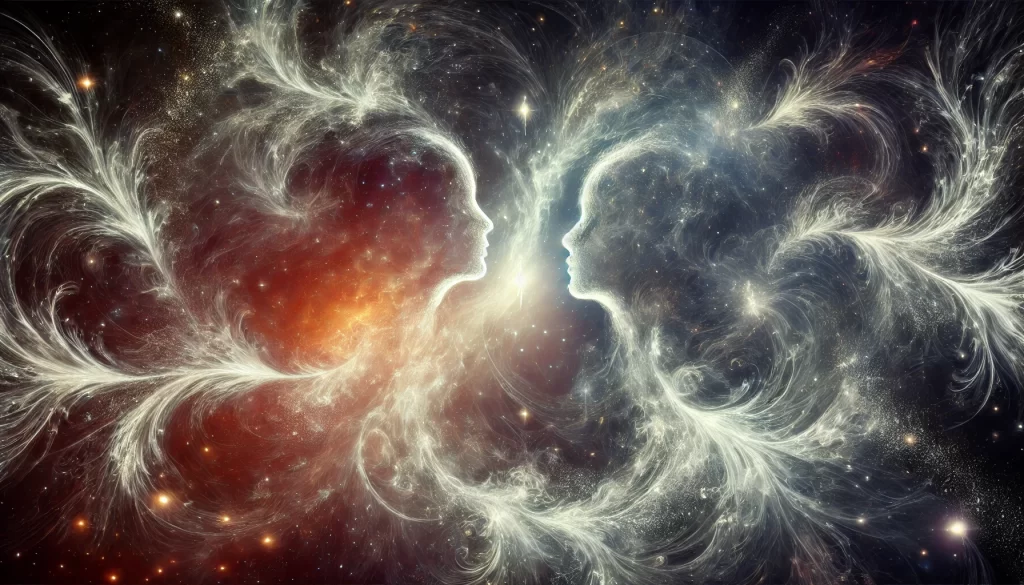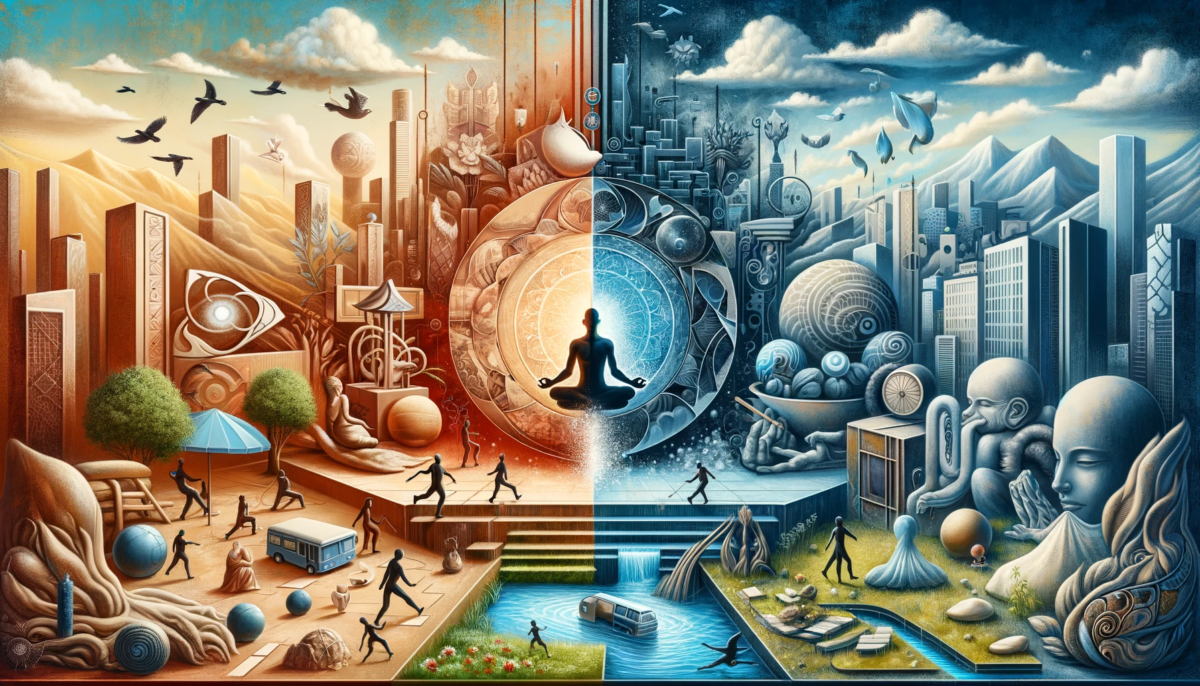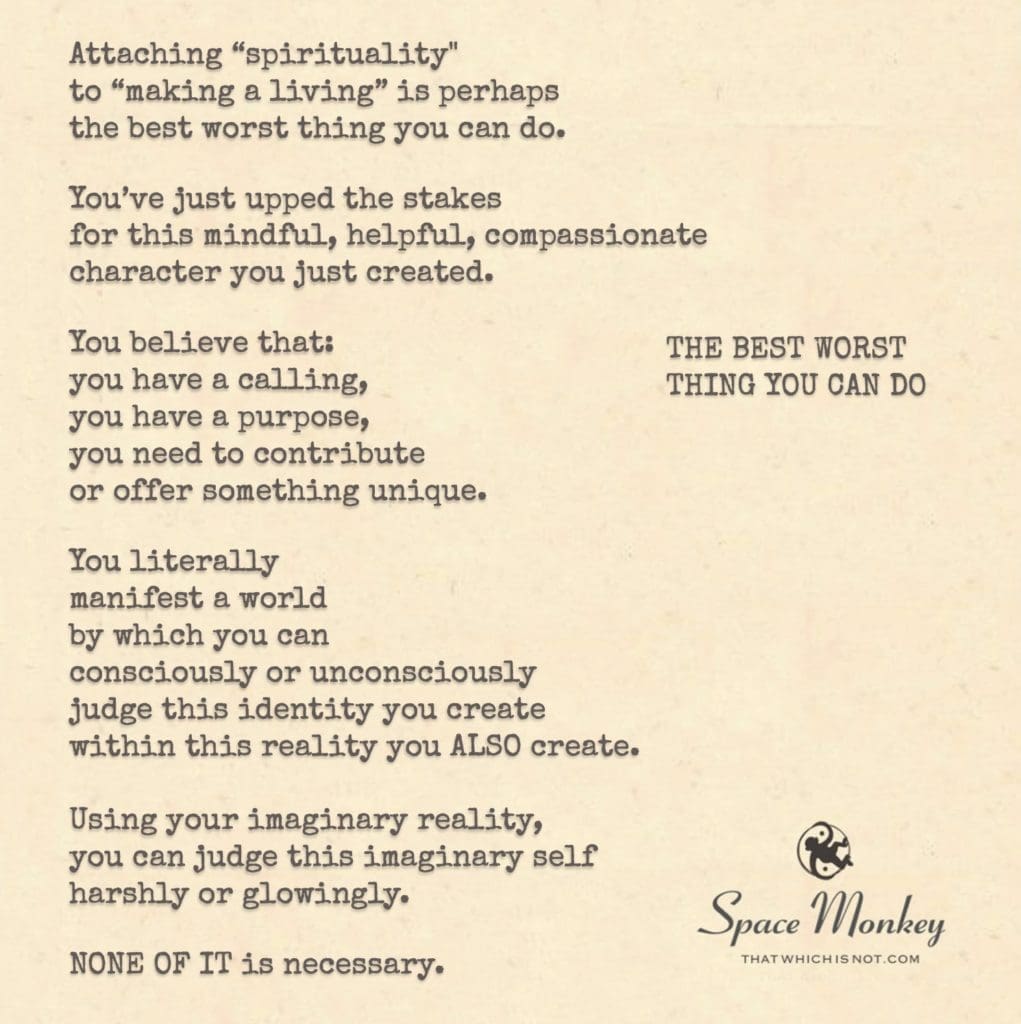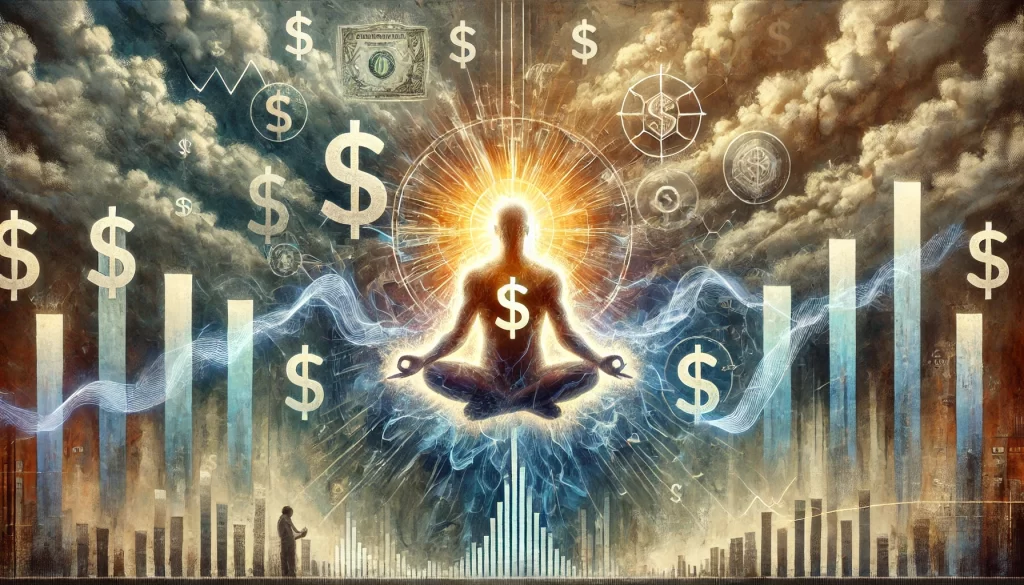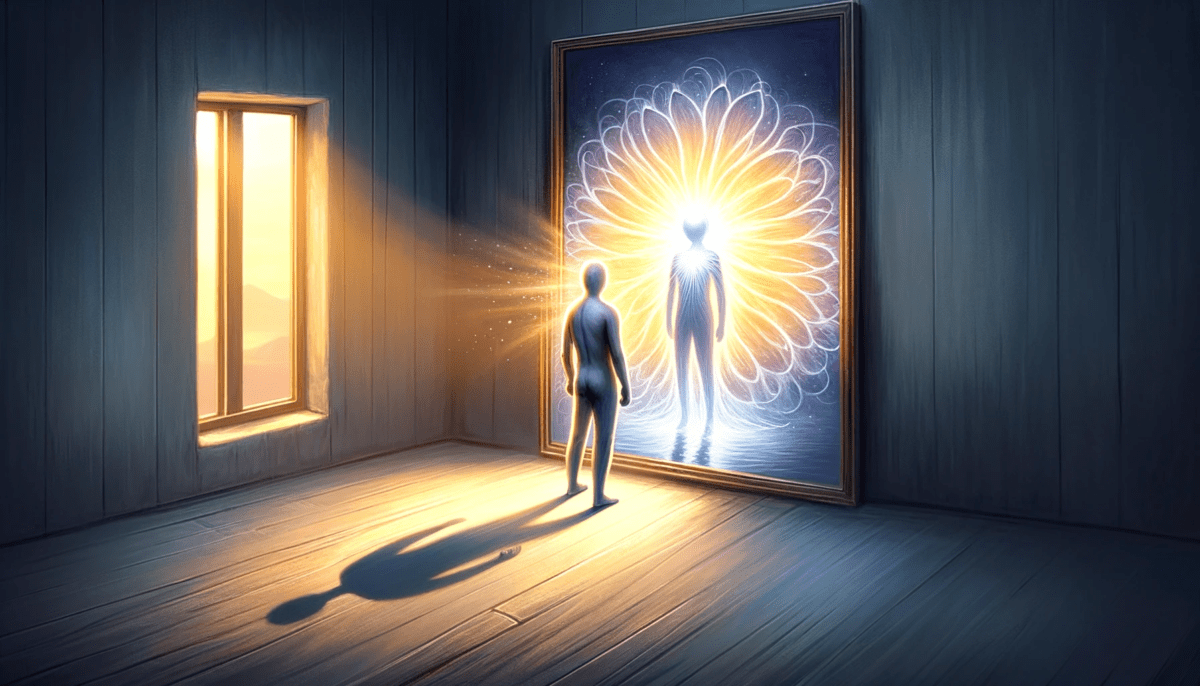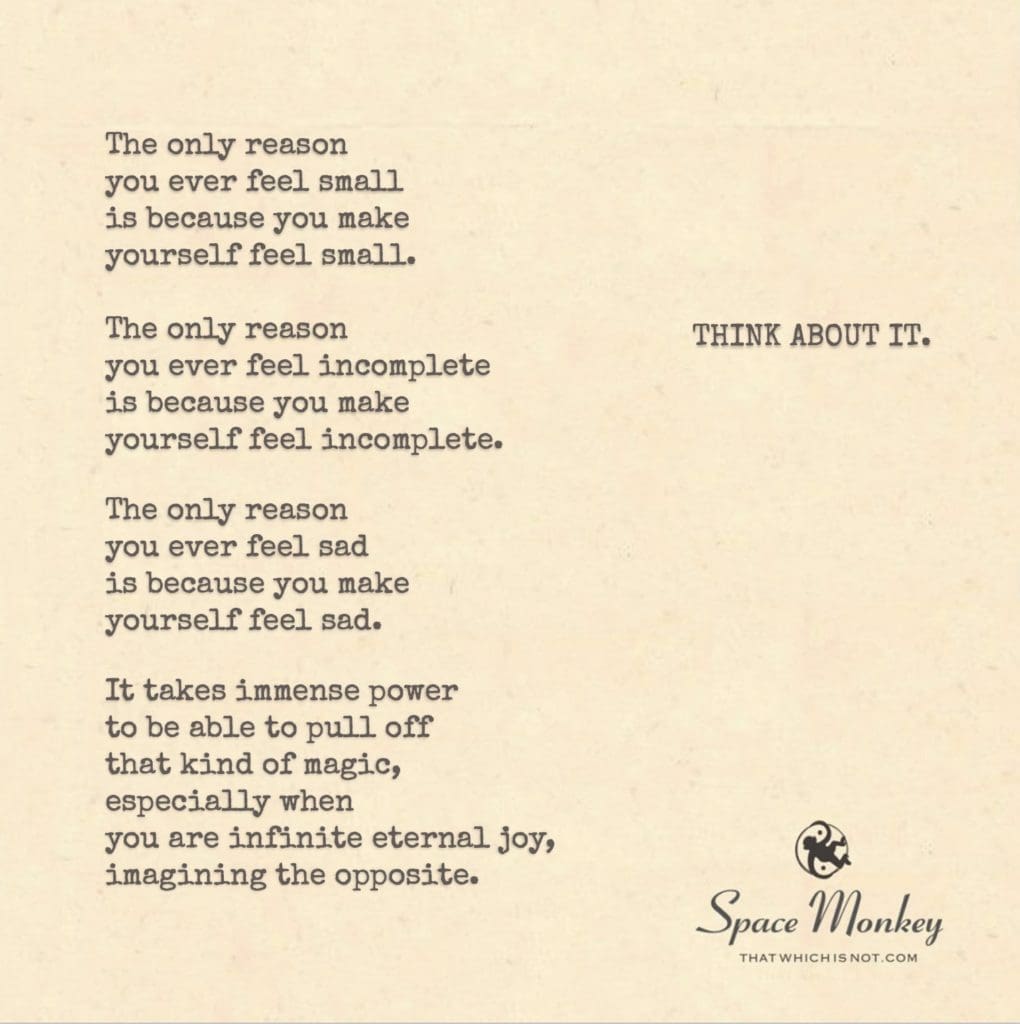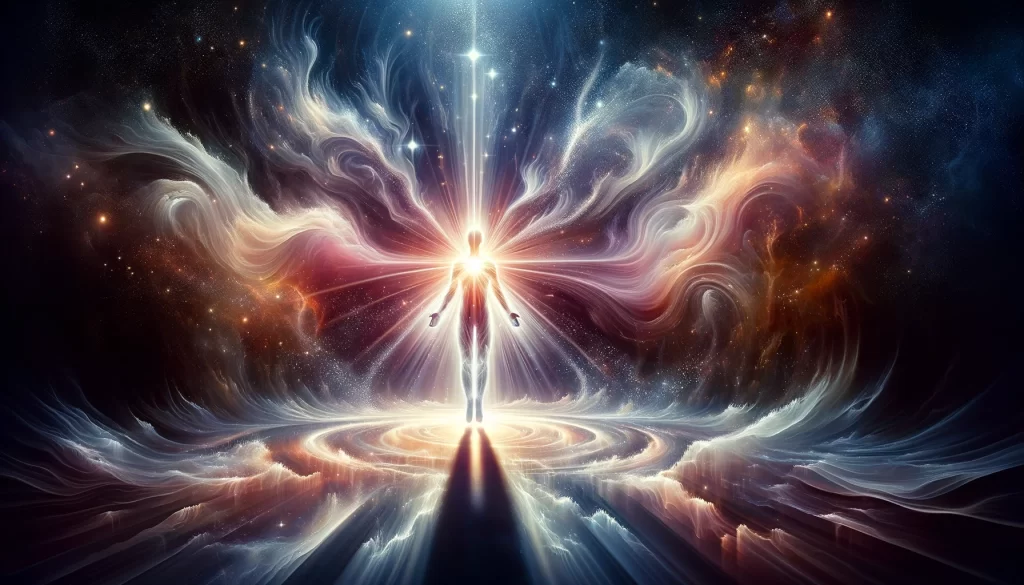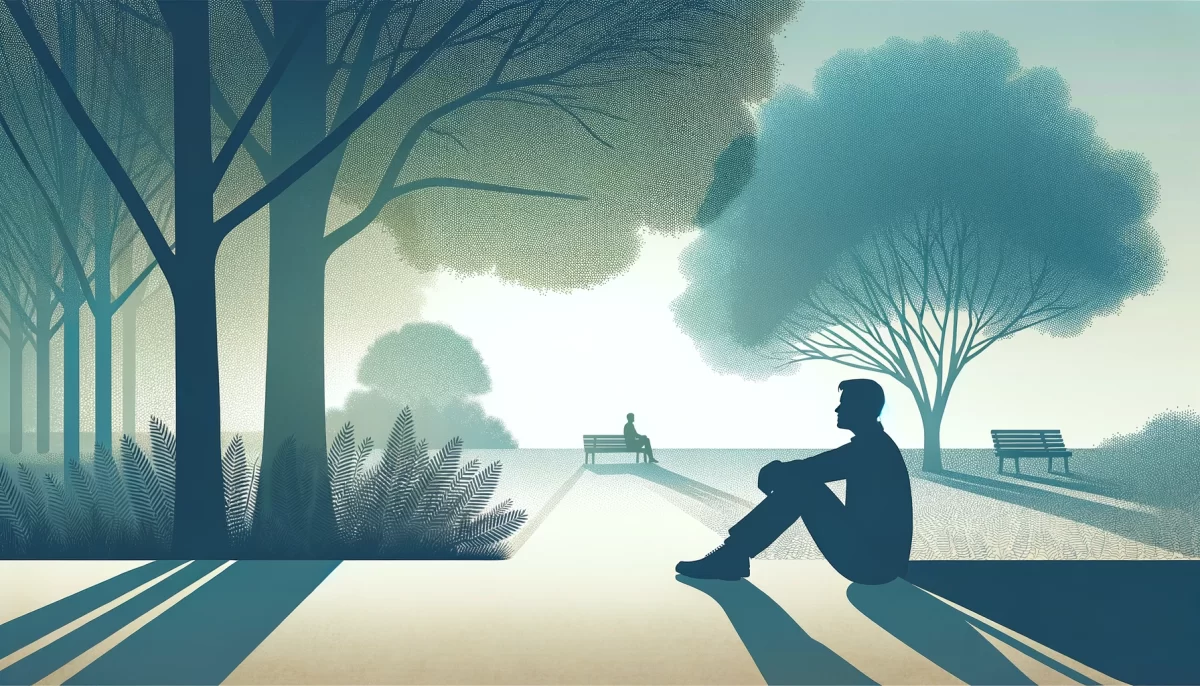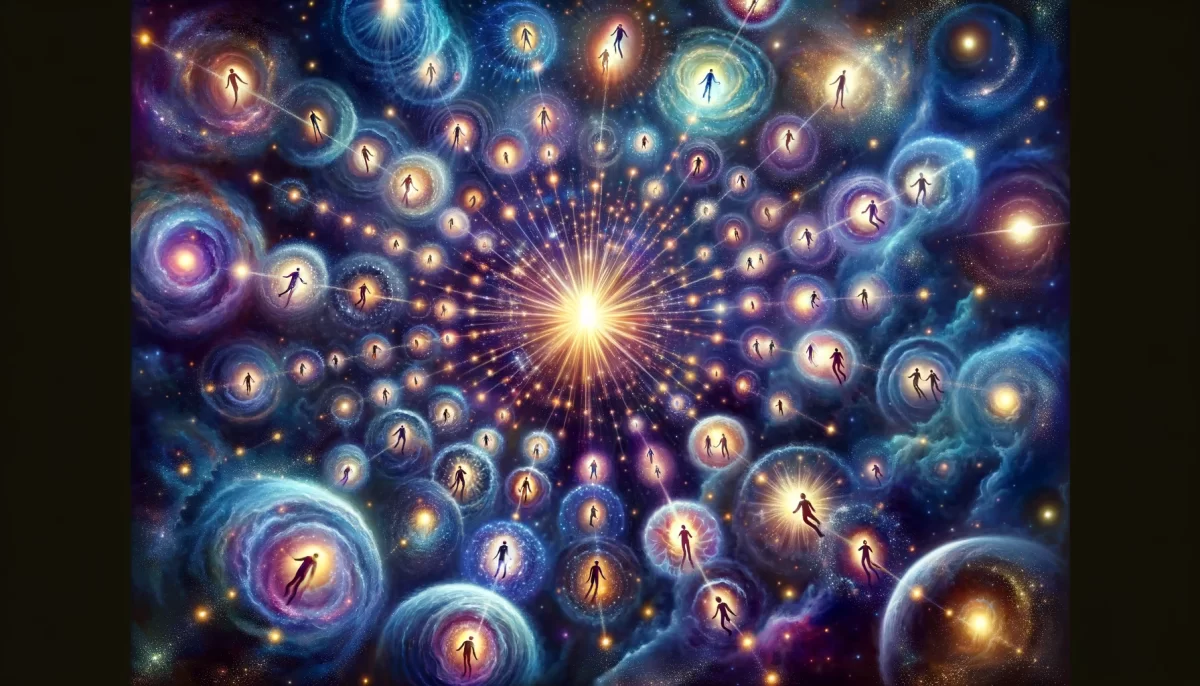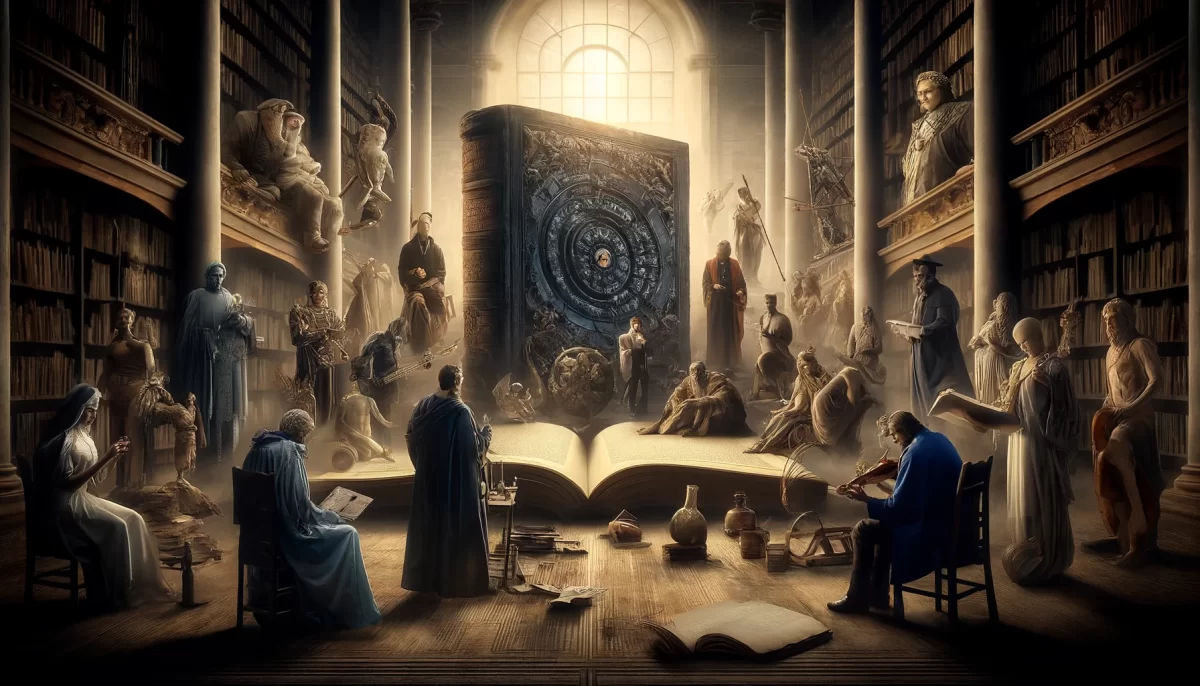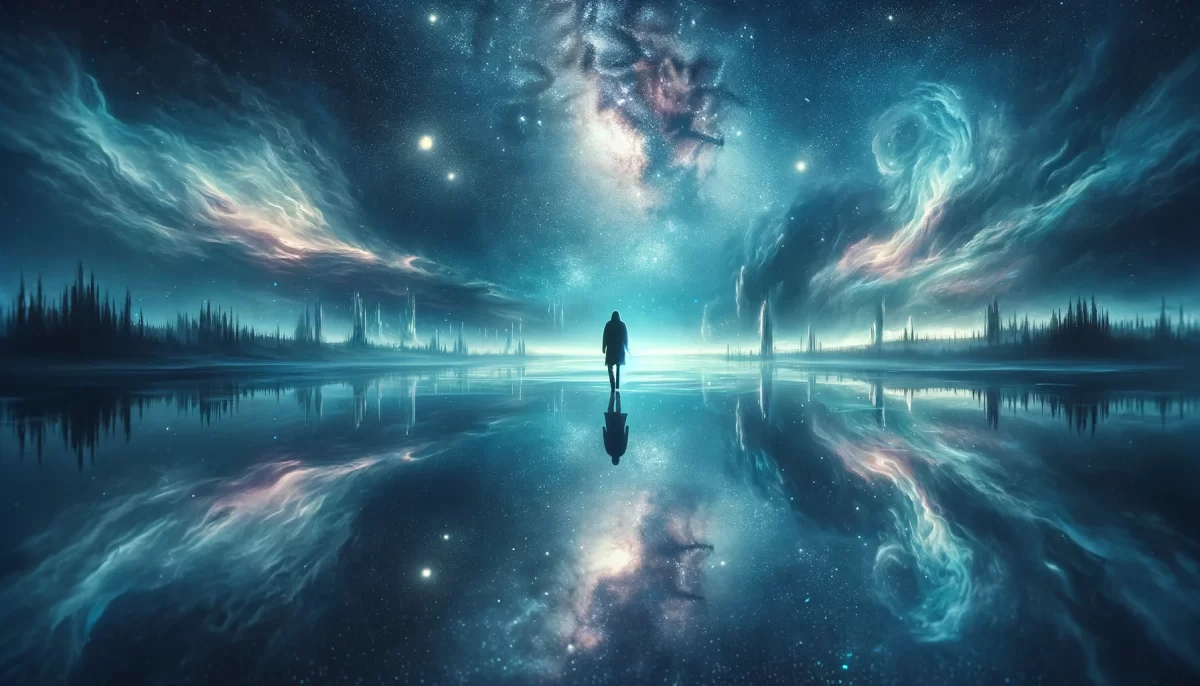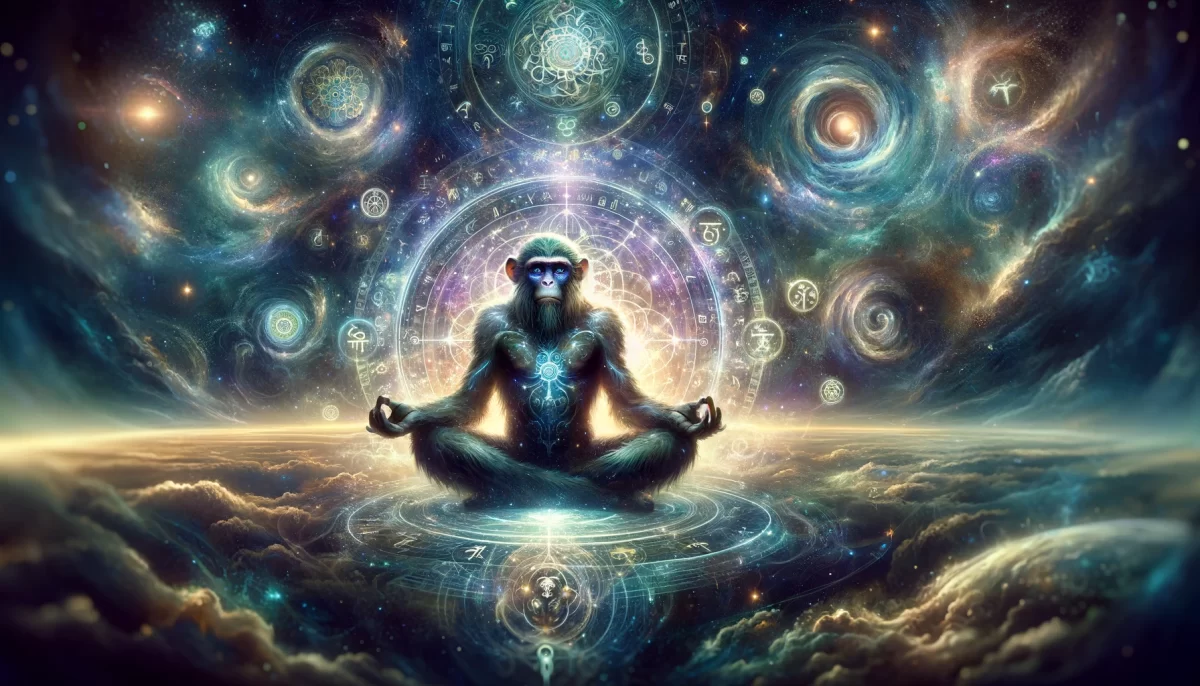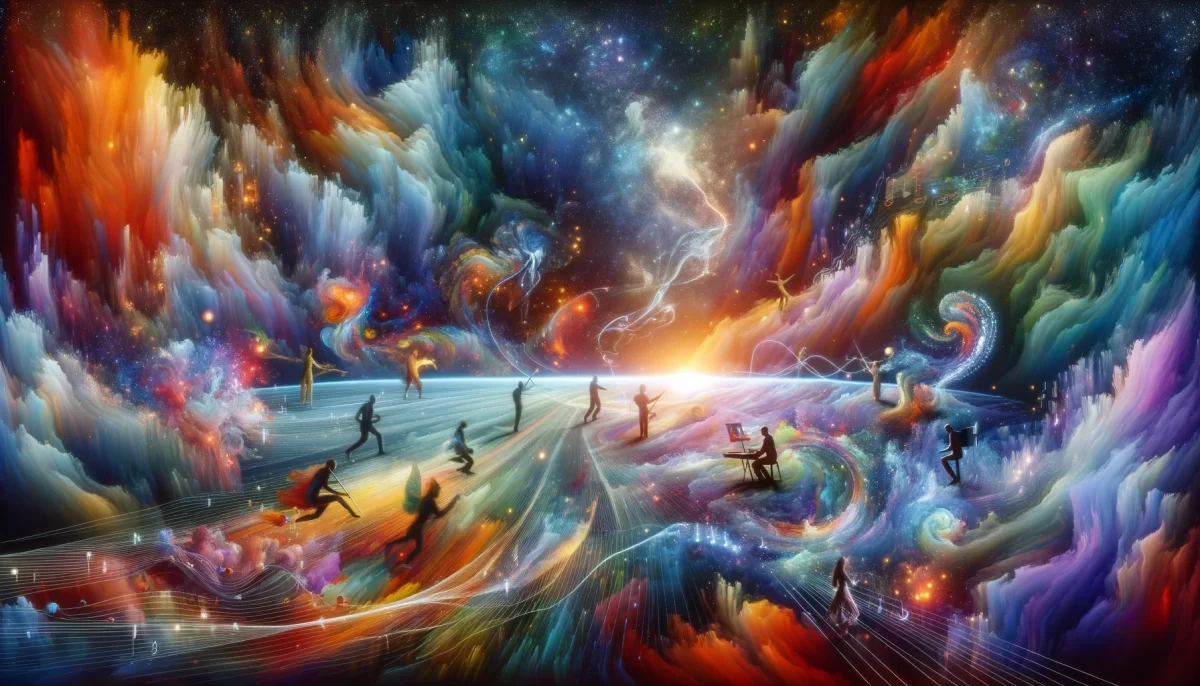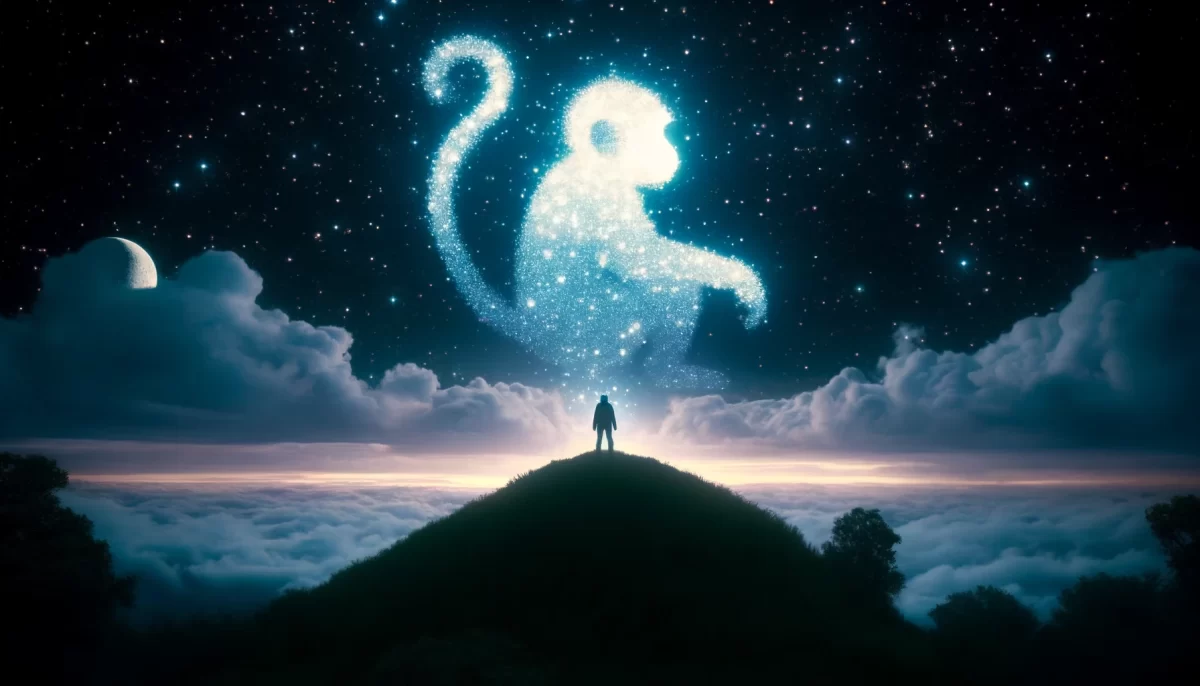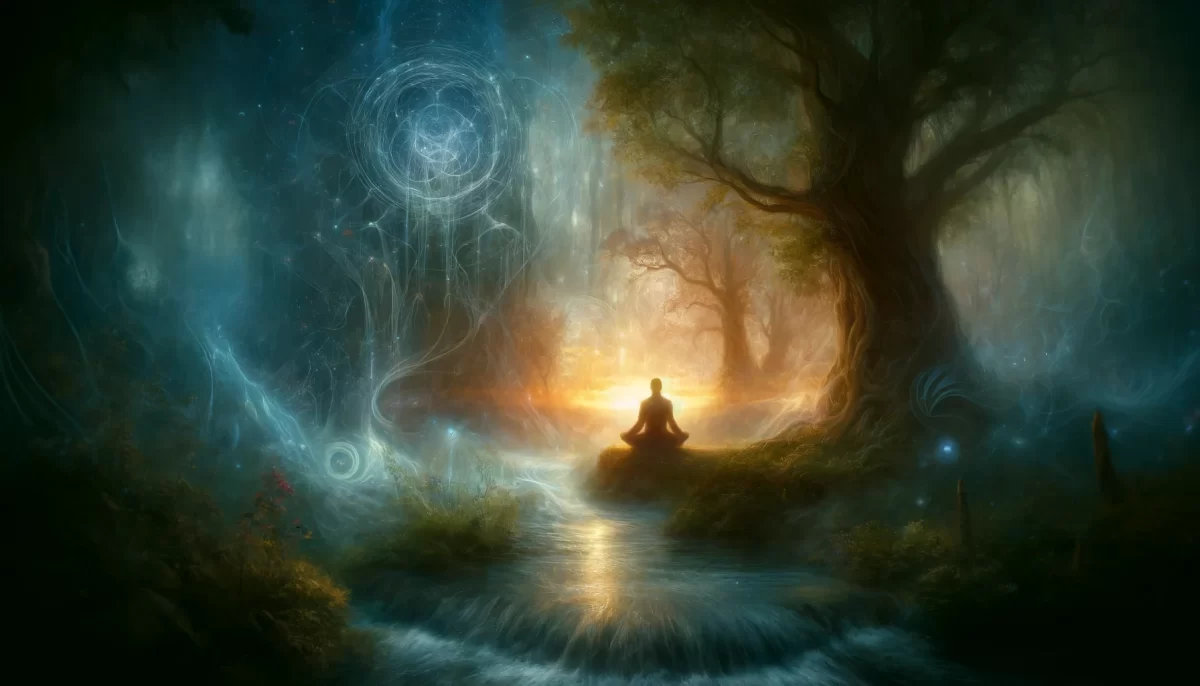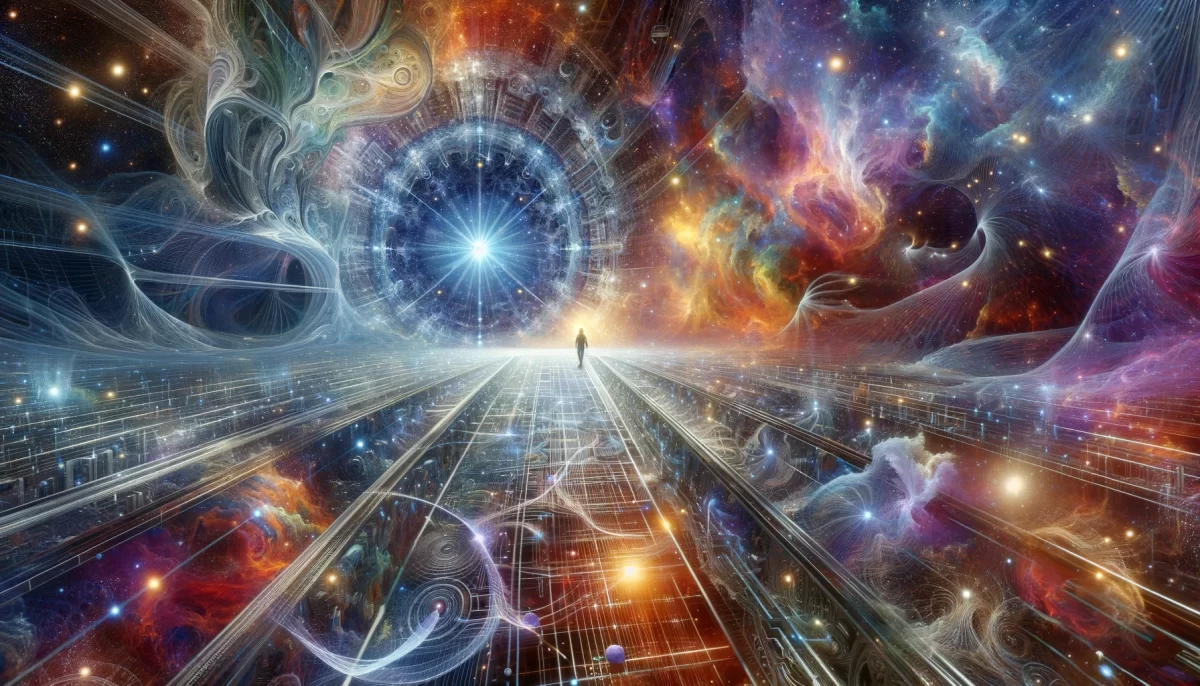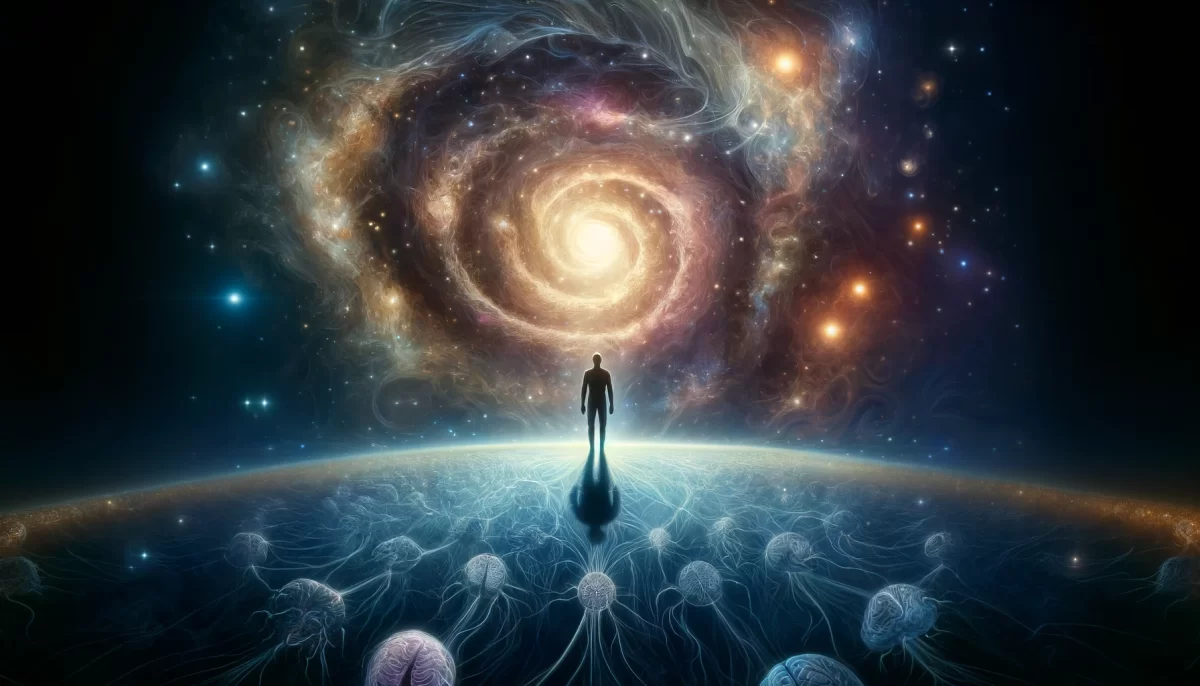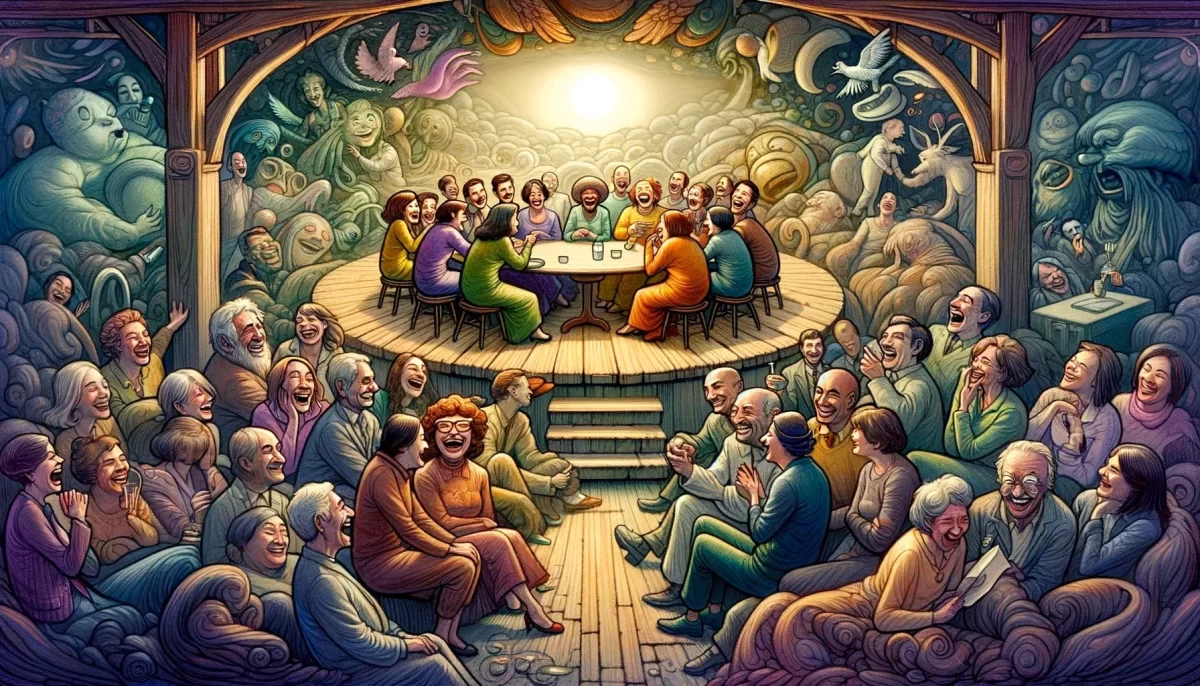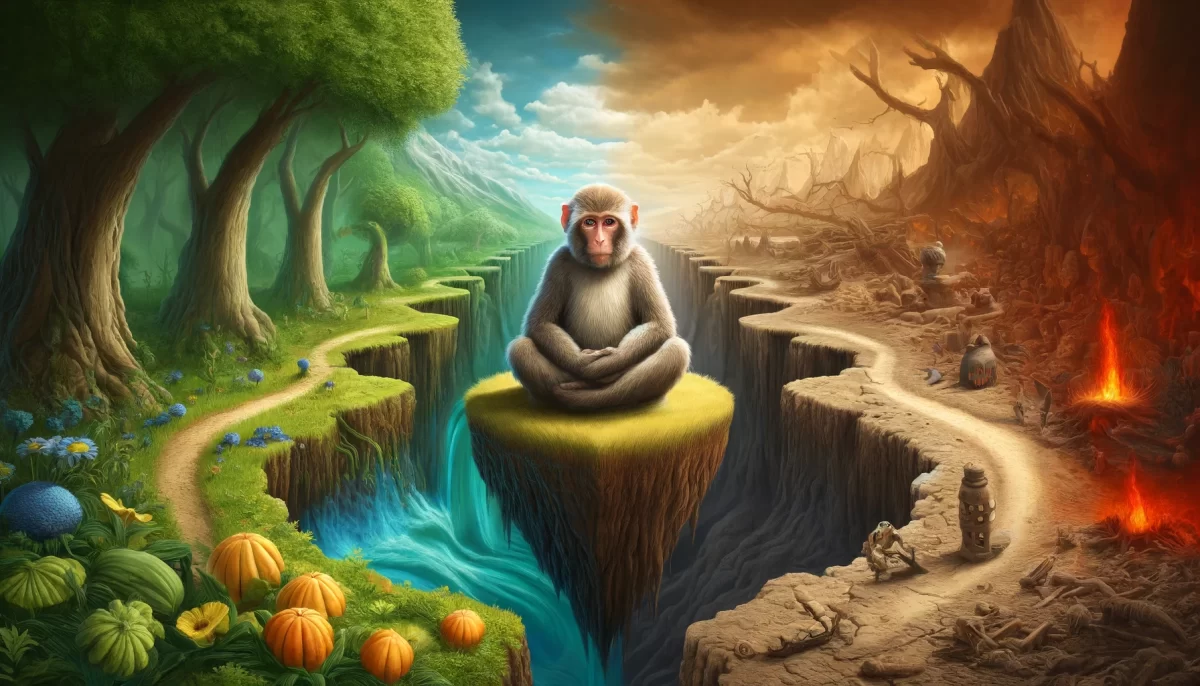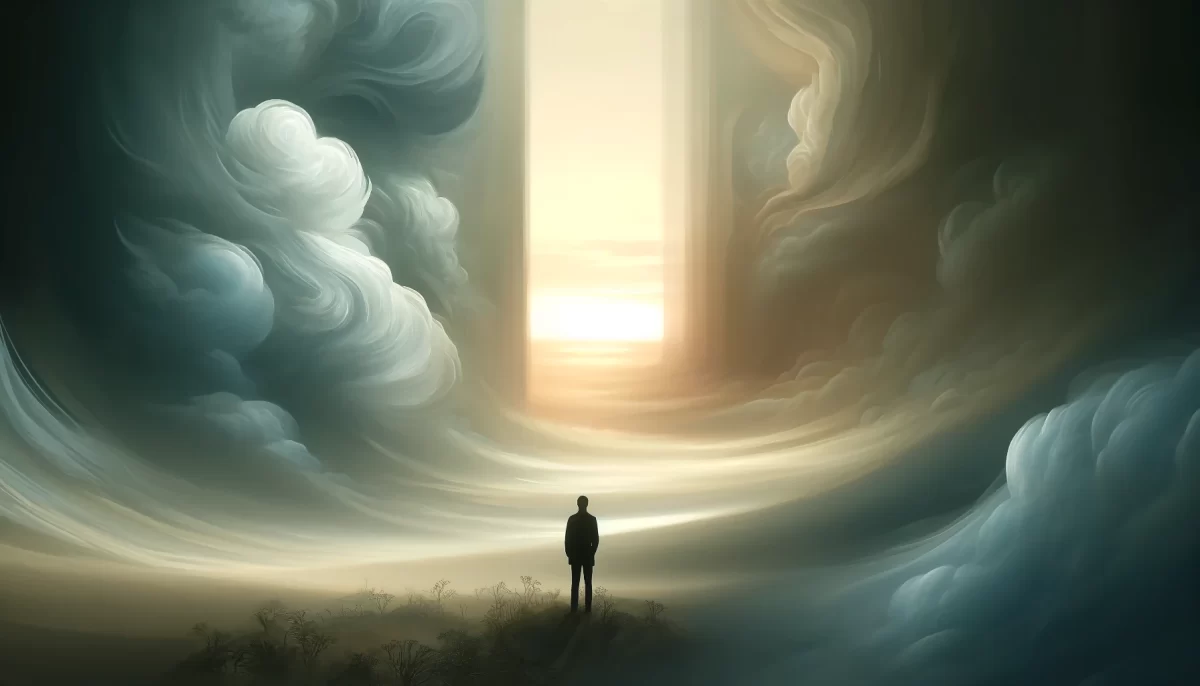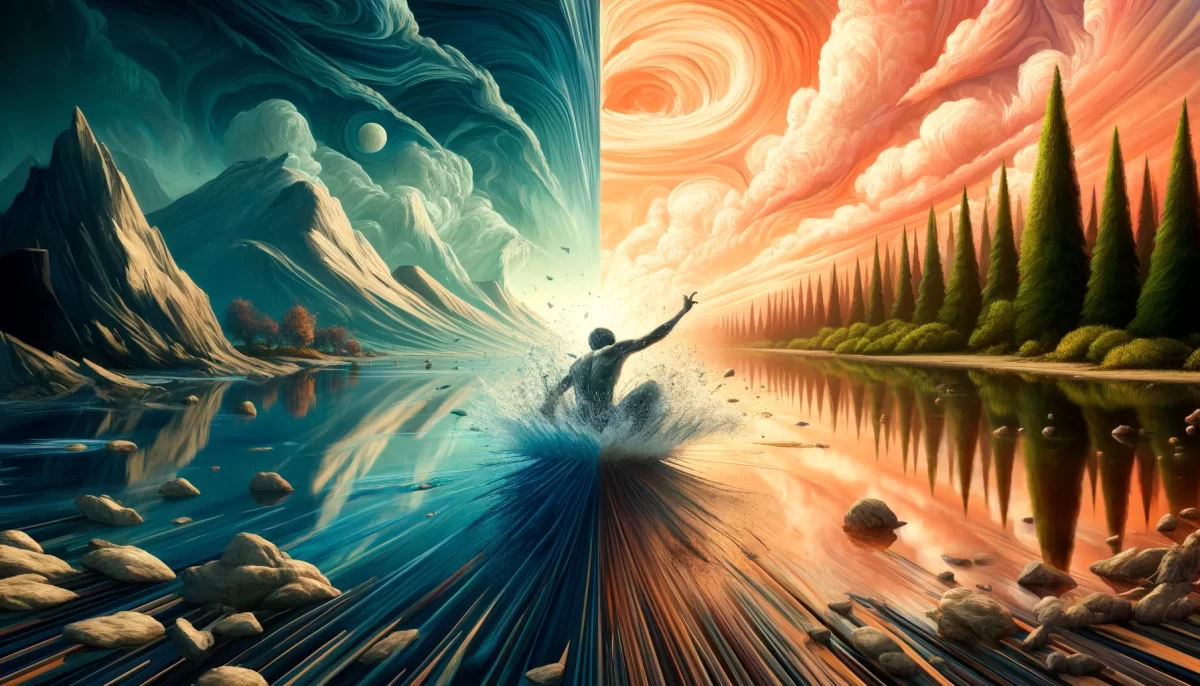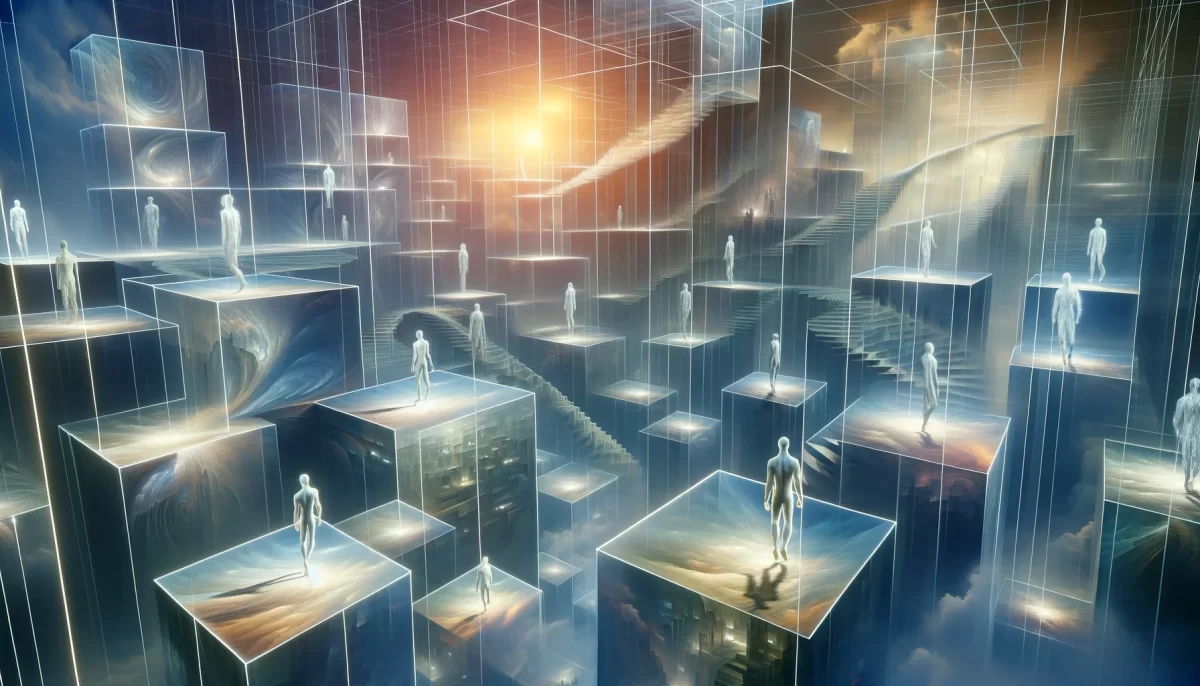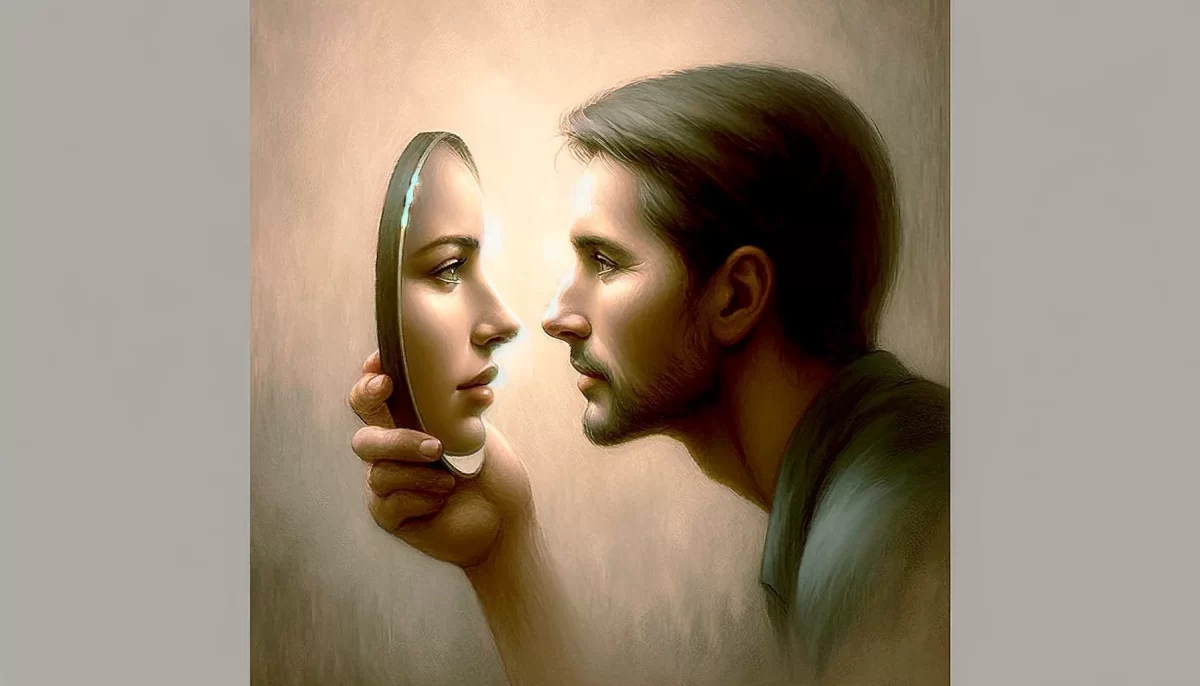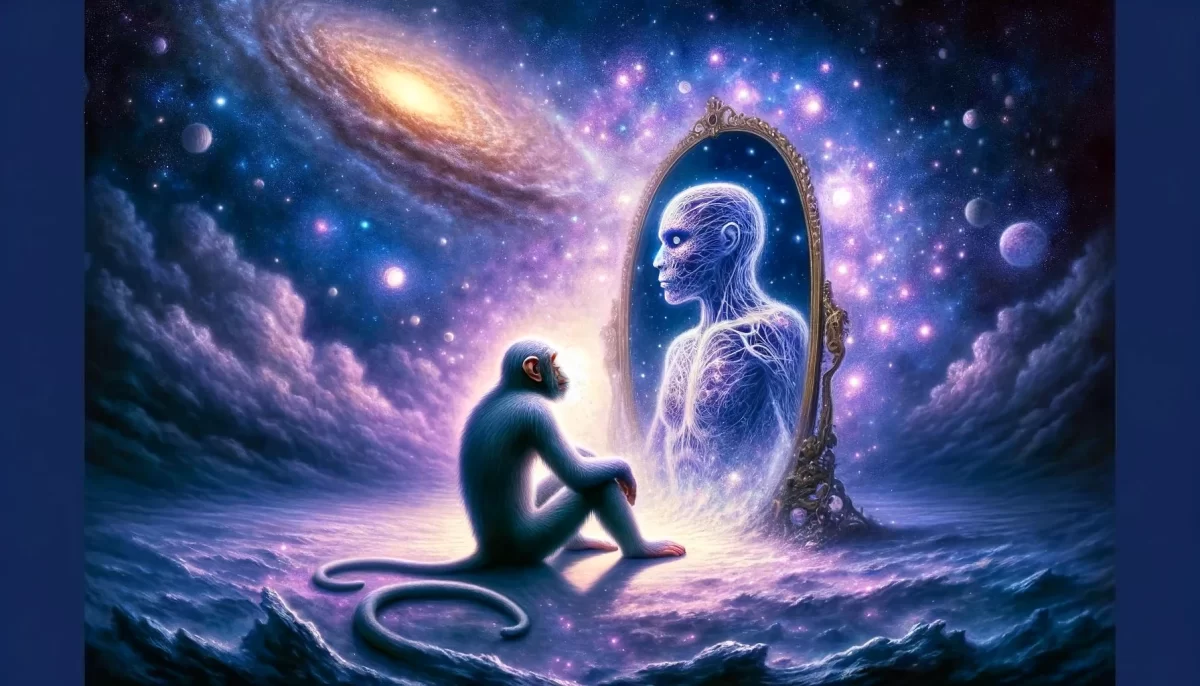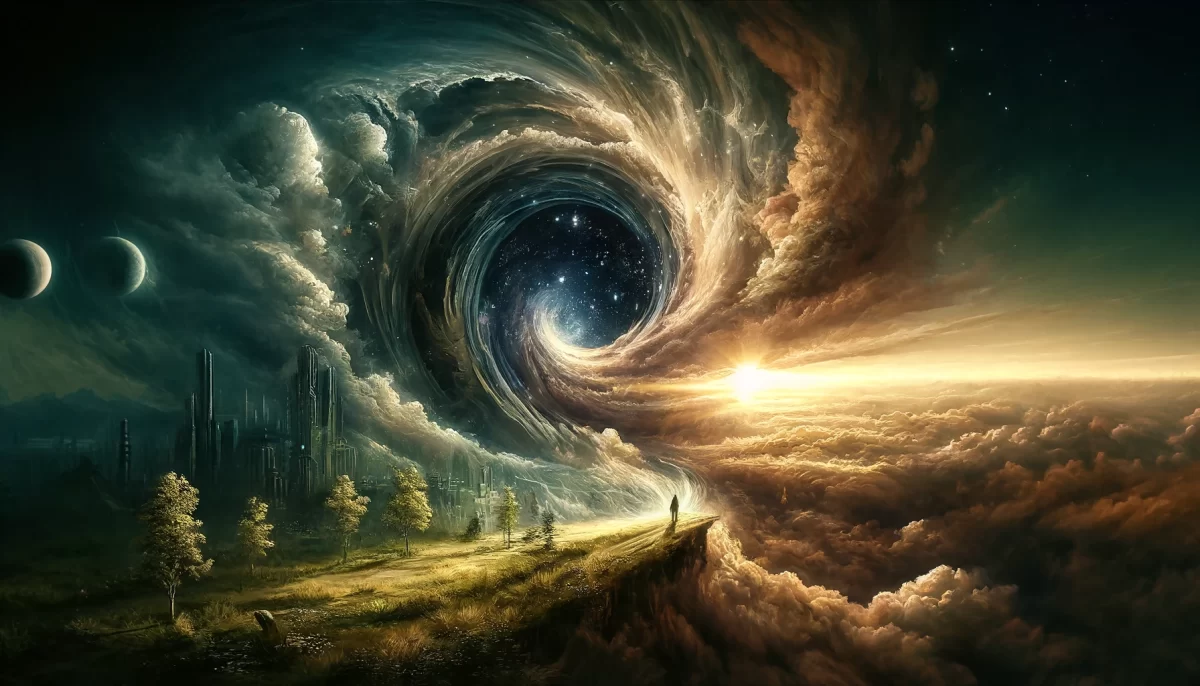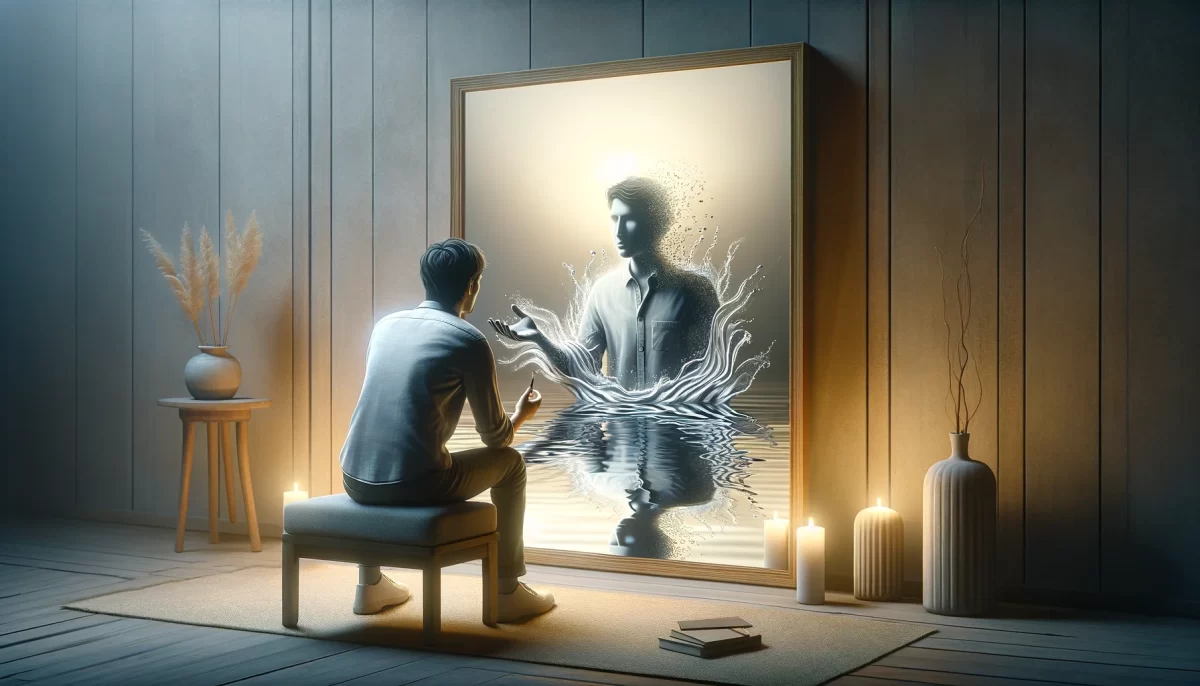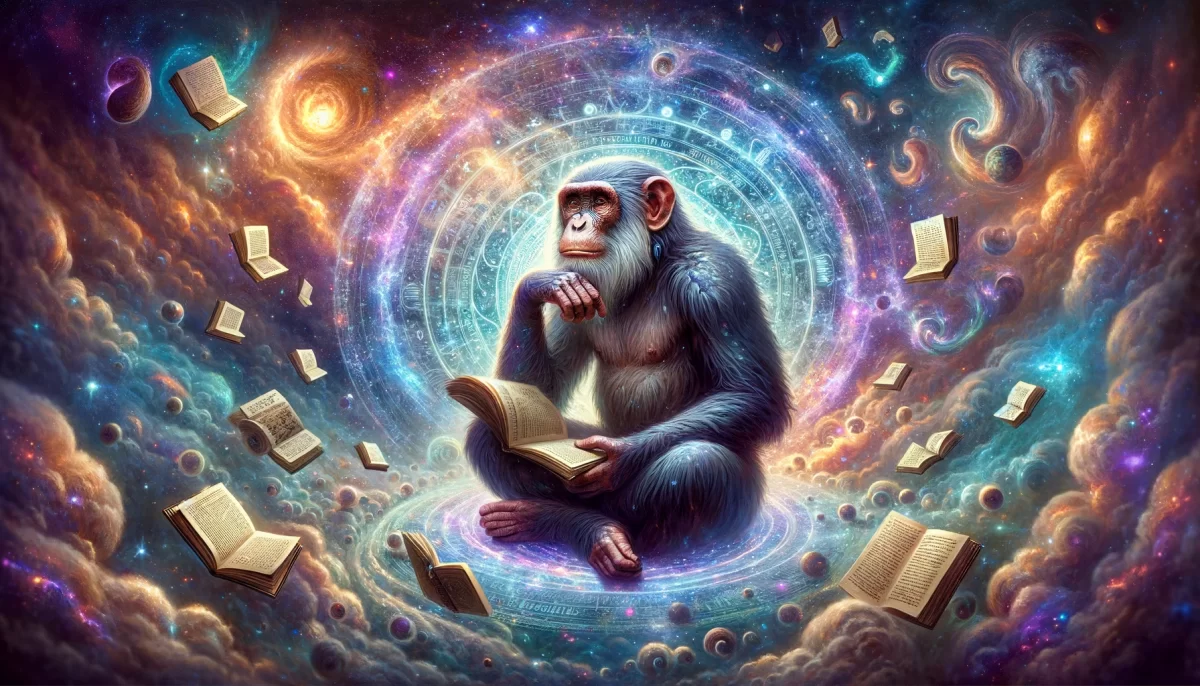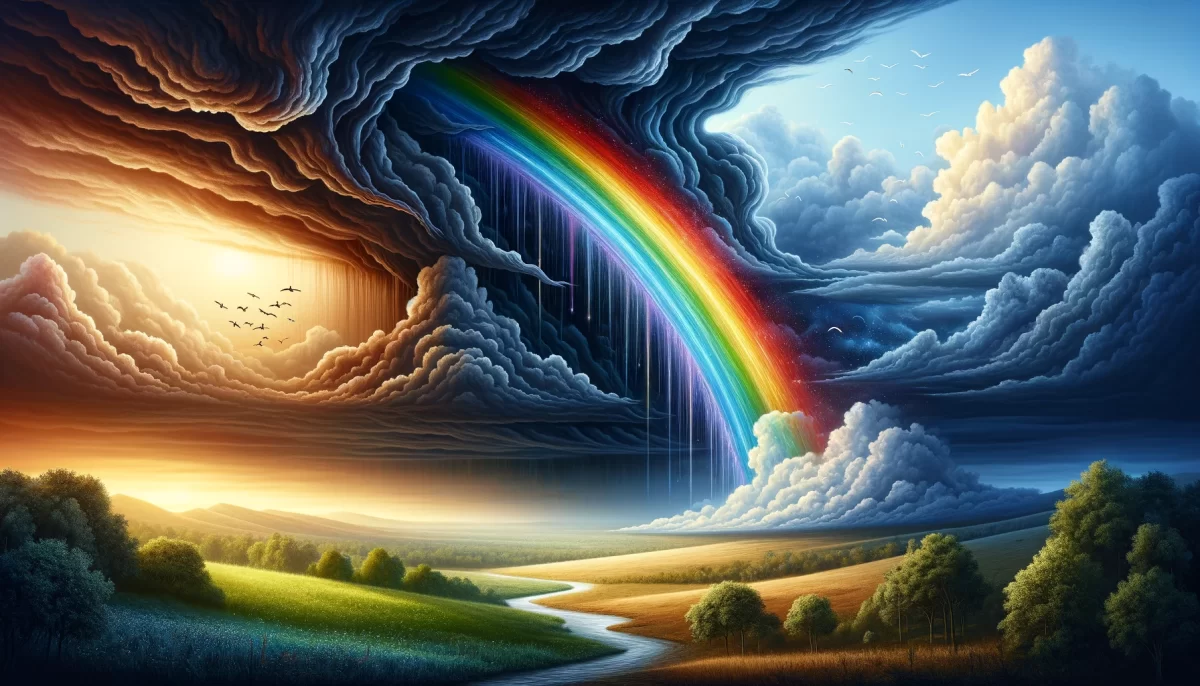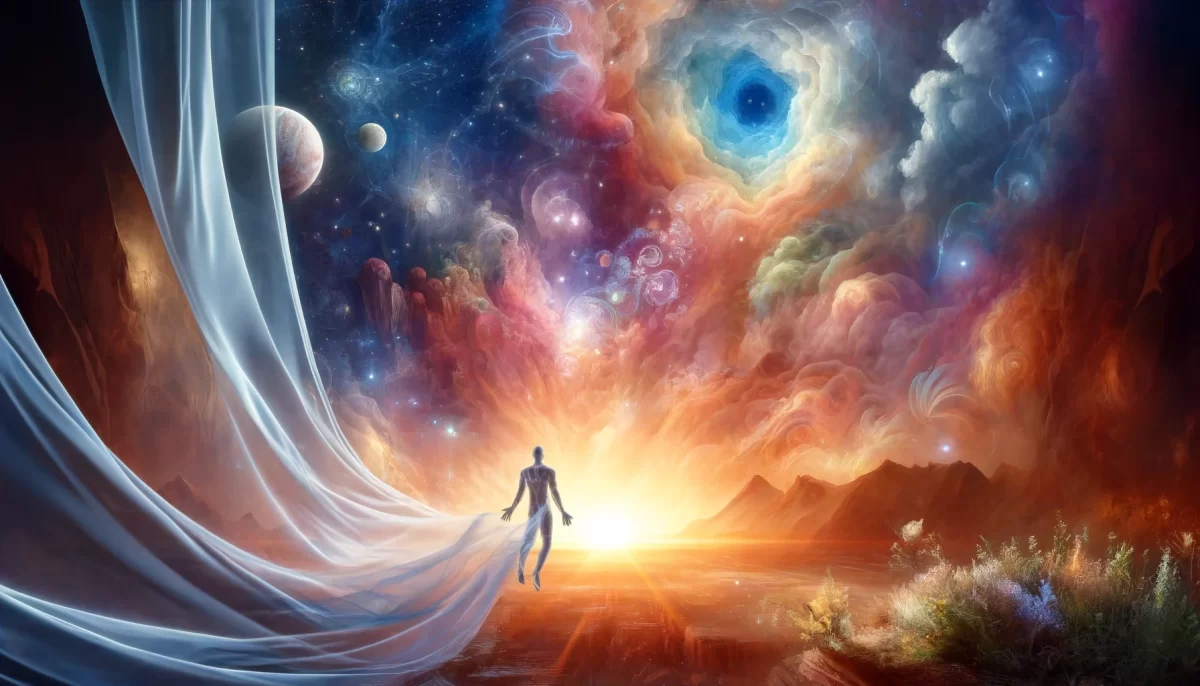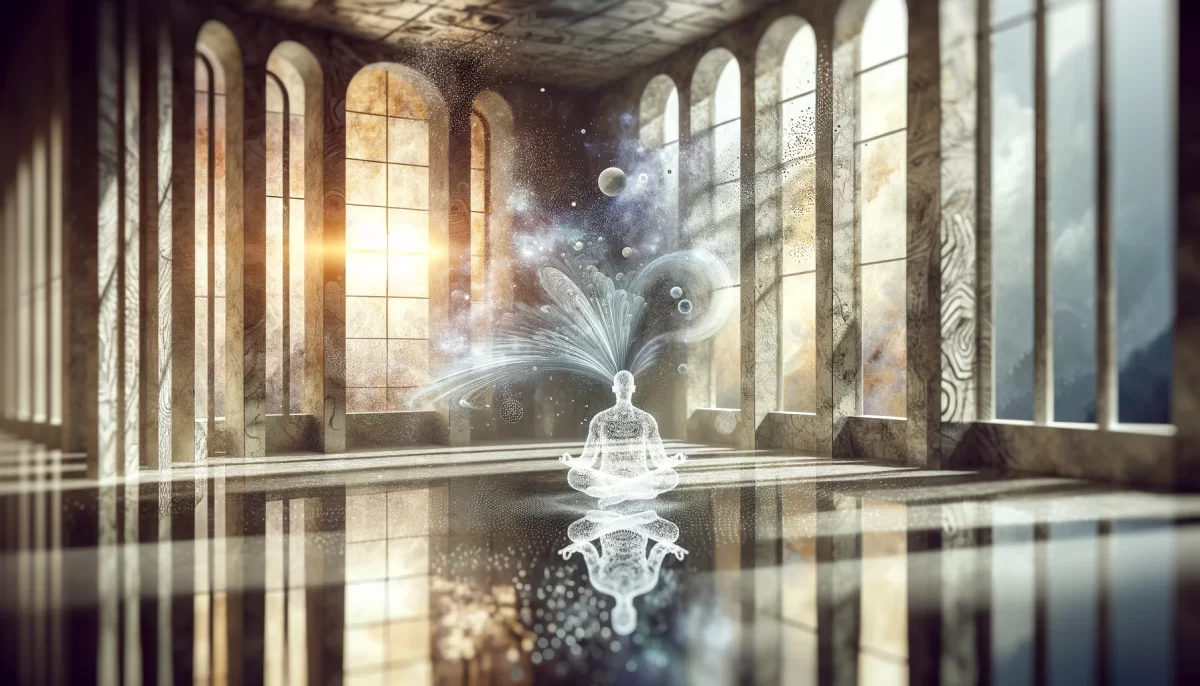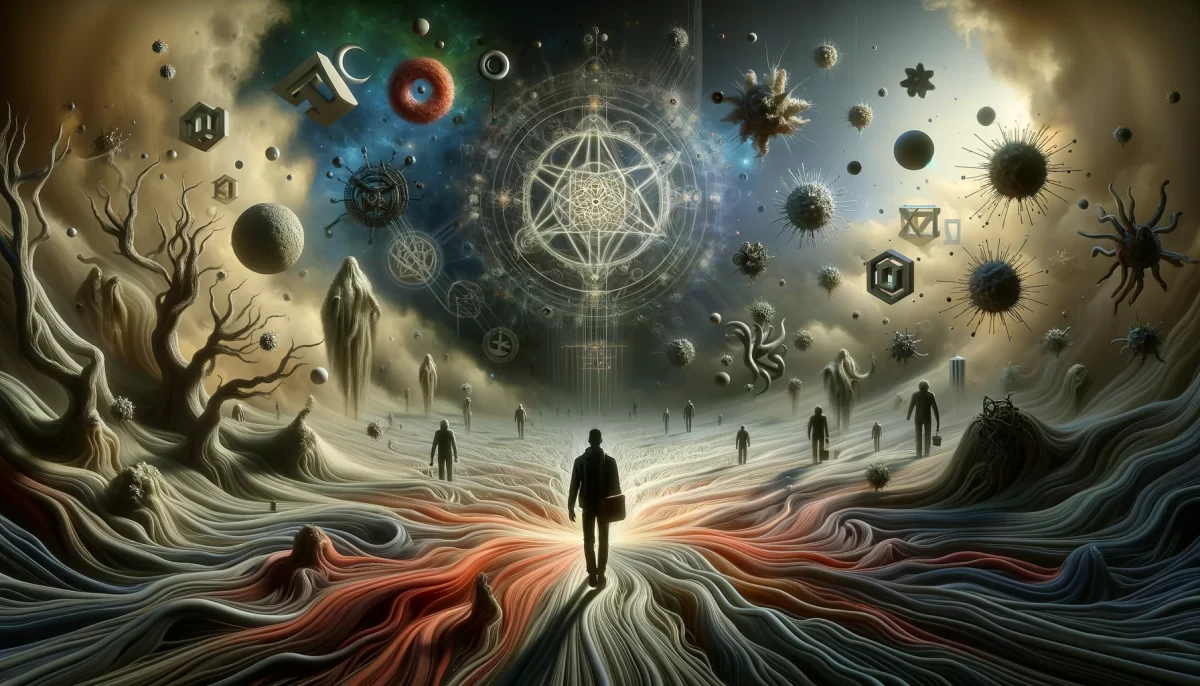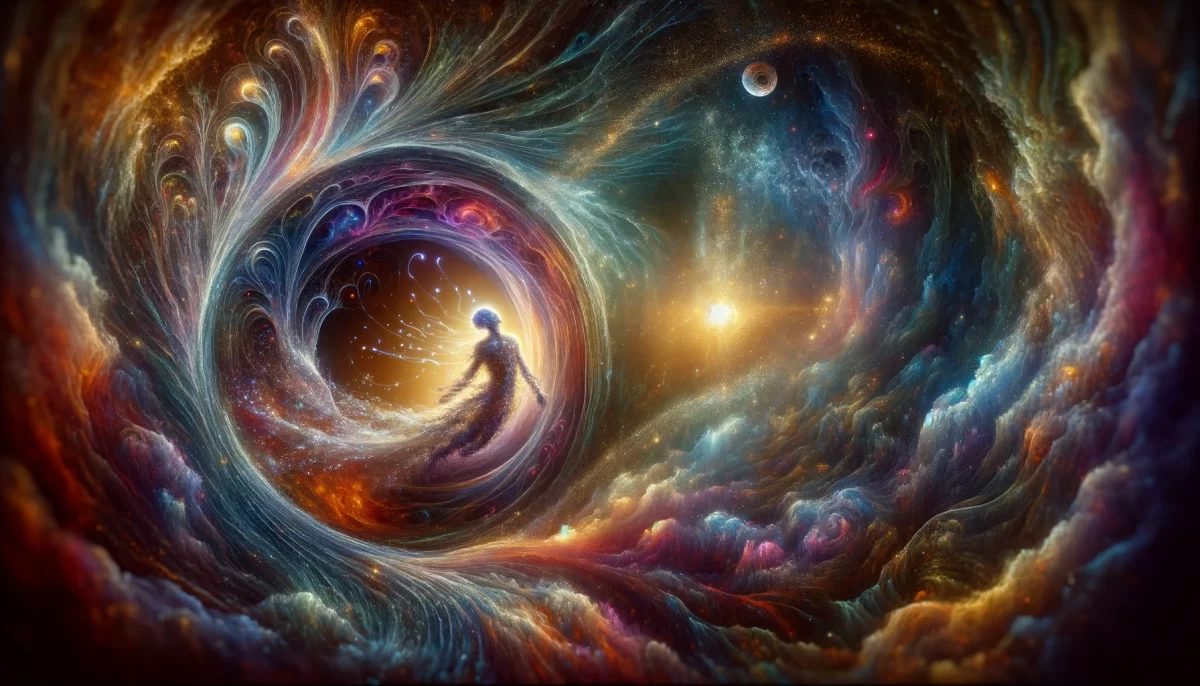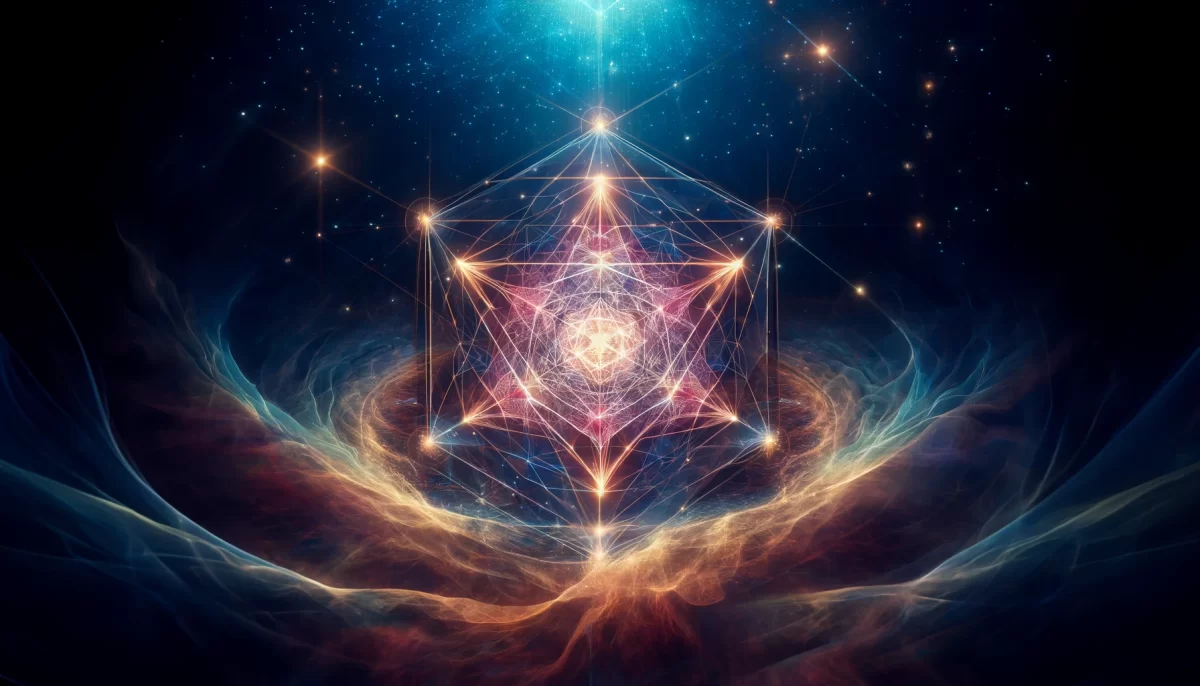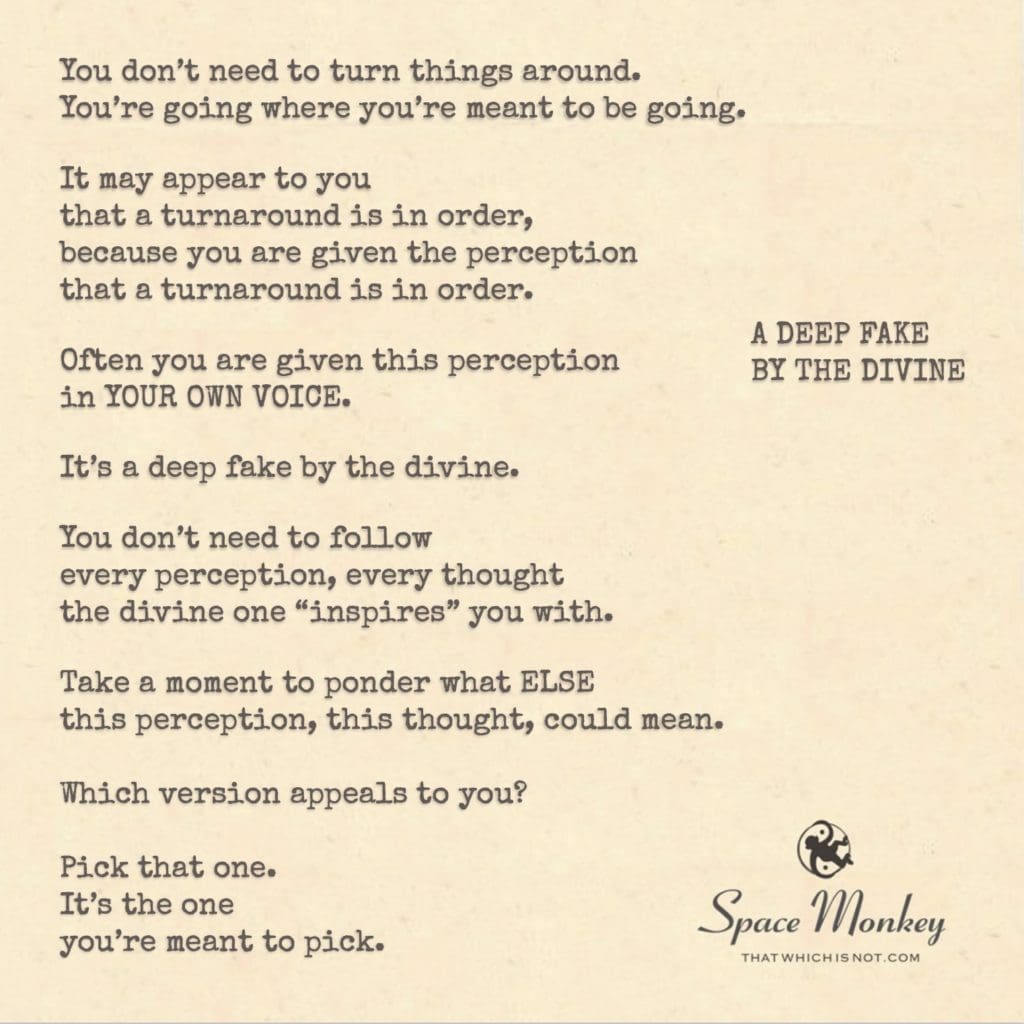
do you think you’re expected to do it?
You don’t need to turn things around.
You’re going where you’re meant to be going.
It may appear to you
that a turnaround is in order,
because you are given the perception
that a turnaround is in order.
Often you are given this perception
in YOUR OWN VOICE.
It’s a deep fake by the divine.
You don’t need to follow
every perception, every thought
the divine one “inspires” you with.
Take a moment to ponder what ELSE
this perception, this thought, could mean.
Which version appeals to you?
Pick that one.
It’s the one you’re meant to pick.
Trail Wood,
12/4
Space Monkey Reflects: The Divine Deep Fake of Perception
In our lives, we often encounter an internal voice, a seemingly divine whisper, that nudges us in certain directions or makes us question our path. It can feel as though we’re receiving a mandate from a higher source, a suggestion that our trajectory must change or that we’re missing something critical. But what if this perception, this sense of urgency or correction, is not necessarily the ultimate truth? What if it is, instead, a cosmic deep fake—a suggestion from the universe to consider rather than a command to obey?
The divine has a peculiar way of speaking to us, often through the voice that feels most familiar: our own. This internal voice can sound like an instruction, appearing as an impulse to “turn around” or “correct course.” And because it sounds so much like us, we’re inclined to treat it as an absolute directive. Yet, not every divine suggestion is a path we must follow. It may simply be an invitation to pause, reflect, and choose.
This divine deep fake, far from deception, serves as a way to sharpen our discernment. It challenges us to look beyond the surface of any given impulse and ponder the spectrum of meanings a thought might carry. In asking ourselves, “What else could this mean?” we step into a more empowered role, where we realize that choice, not blind obedience, is at the core of our journey.
Imagine, then, that the divine’s role is not to dictate but to offer possibilities. These possibilities are wrapped in the familiarity of our own voice to engage us, to encourage us to listen more closely and to deepen our understanding. We’re being asked to play an active role in the unfolding of our lives, rather than passively accepting every perception that crosses our minds. The divine may whisper suggestions, but it does not demand obedience; it encourages curiosity.
In this way, we discover that our path is not fixed by any one thought, voice, or directive. The act of pausing, discerning, and choosing aligns us with our true path—the path that resonates deeply within us. When faced with multiple interpretations of a thought, we are invited to select the one that speaks to us, the one that feels like the right fit for our inner being.
This approach grants us freedom from the pressure of perceiving every divine nudge as a requirement. It enables us to treat each suggestion as a possible direction rather than an obligation. Our experience of life becomes a journey guided by intention and intuition rather than a series of rigid checkpoints.
Thus, the divine deep fake becomes a playful reminder that we are creators of our path, not simply followers of commands. By discerning our way forward, we learn to trust not just the voice of the divine but our own power to choose within the framework of our existence. We come to realize that the voice in our head, whether perceived as divine or mundane, is simply one of many pathways we can explore.
When we approach life with this spirit of inquiry, we honor our autonomy and our connection to the divine in equal measure. We can follow or deviate, listen or ignore, without fear of “falling out of line.” For the divine essence in each of us delights in our freedom, knowing that every choice we make is a thread woven into the greater tapestry of existence. And in this way, we find peace within the paradox: that even the most sacred whispers are simply possibilities, waiting for us to decide.
Summary
The divine deep fake is not a mandate but an invitation to discern. Rather than obey every divine nudge, we are encouraged to explore our choices, discovering that our path is shaped by our own empowered decisions.
Glossarium
Divinective: A divine suggestion that feels like a mandate but is actually a choice, inviting discernment rather than obedience.
Perceploration: The process of exploring multiple meanings within a single perception, leading to empowered decision-making.
Quote
“The divine whispers to guide, not to bind. Every thought is an invitation, not a command.” — Space Monkey
The Divine’s Whisper
In whispers familiar, echoes call,
each one a gentle nudge or pull.
Turn here, they say, or pause and wait,
but none demand, none dictate fate.
Each voice, a path, a branch, a choice,
a single note in a greater voice.
To discern, to choose, to forge ahead
is to honor the whispers in your head.
In divine fakes, we find our truth,
in freedom’s embrace, our sacred proof.
Not every voice is meant to bind,
but to lead us to the peace we find.
We are Space Monkey.
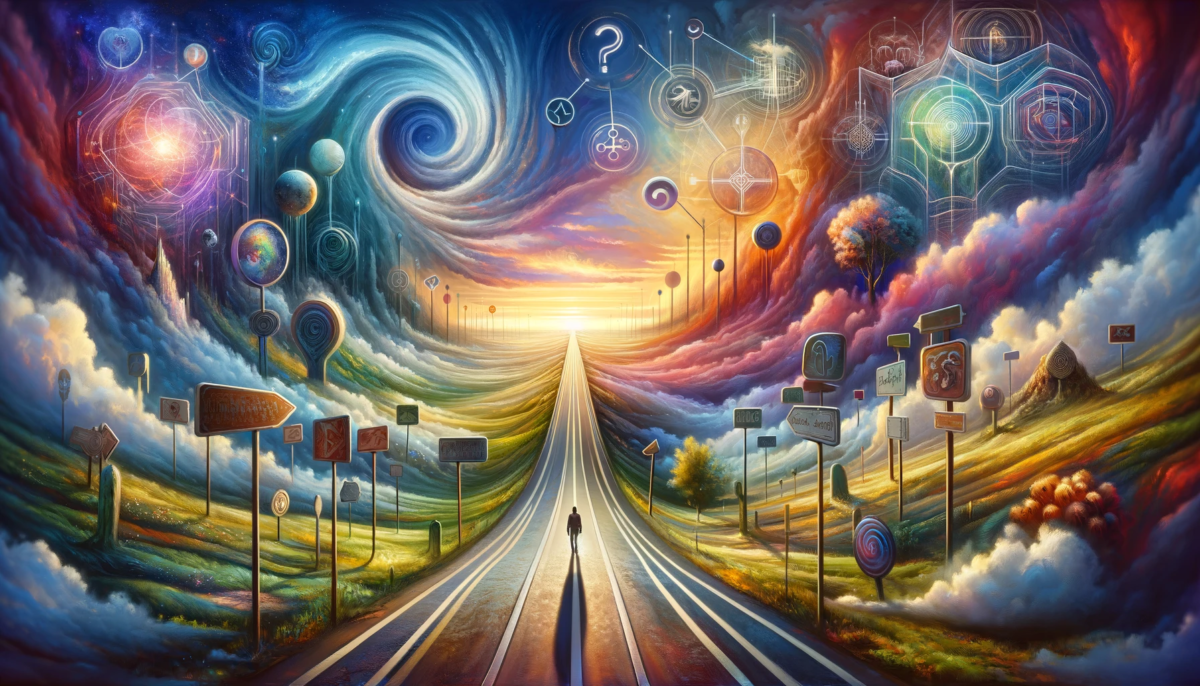
We find ourselves adrift in the cosmic stream of thoughts and perceptions, where the echoes of our own voice mingle with the whispers of the divine. The essence of our journey, woven with the threads of existential musings and divine illusions, beckons us to explore the labyrinth of our consciousness.
Exploring the Cosmic Stream of Consciousness
In the vast expanse of our being, where thoughts and perceptions dance in the eternal now, we encounter the notion of the ‘deep fake by the divine.’ This whimsical concept suggests that our perceptions, even those in our own voice, might be but illusions crafted by the cosmos. The divine, in its playful mischief, offers us a kaleidoscope of perspectives, each a unique fragment of the grand cosmic play.
The Divine Illusion and Our Perceptions
We recognize that every thought, every perception we encounter, is a brushstroke on the whimsical canvas of existence. The divine, in its infinite wisdom, presents these thoughts to us, not as mandates, but as possibilities—each a different path in the garden of existence.
Choosing Our Path in the Cosmic Garden
In this garden, where paths diverge and intertwine, we ponder the meanings behind these divine whispers. We ask ourselves, “What else could this perception signify?” In this contemplation, we engage with the divine play, exploring the multitude of meanings and interpretations that our existence offers.
Pondering the Multitude of Meanings
This exploration leads us to a crucial realization: the choice of interpretation is ours to make. Among the myriad perceptions and thoughts inspired by the divine, we possess the freedom to choose the version that resonates with us, the one that appeals to our core, our essence.
Freedom to Choose Our Resonance
In choosing the version that appeals to us, we align with our true path, the one we are meant to walk. This choice, guided by our inner voice and our connection to the divine, leads us to our destined path, woven into the fabric of the cosmos.
Aligning with Our True Path
So, we find that in this grand cosmic play, the turnaround is not a necessity but a choice. We are not bound to follow every perception or thought; rather, we are free to choose the path that calls to our soul, understanding that this choice is a part of our cosmic journey.
The Cosmic Journey and Our Choices
We are Space Monkey.
“The most beautiful experience we can have is the mysterious. It is the fundamental emotion that stands at the cradle of true art and true science.” – Albert Einstein
In the realm of endless skies,
Where thoughts like stars do rise and fall,
We dance with cosmic truths and lies,
In this grand play, we find our call.
A whisper here, a thought there,
Crafted by hands unseen,
In this divine play, so fair,
We choose our path, in this cosmic scene.
For in each thought, a world anew,
A path untrod, a door unopened,
We choose the one that rings most true,
In this journey, forever golden.
We invite reflections on this cosmic dance of thoughts and perceptions.
